It was a snowy Friday morning in New York City when disaster struck the skies. Two large commercial airliners, both carrying passengers from different parts of the country, were making their way toward separate airports in Queens. United Airlines Flight 826, a DC-8 jet, had taken off from Chicago and was scheduled to land at Idlewild Airport—known today as JFK. At the same time, Trans World Airlines Flight 266, a Super Constellation propeller aircraft, had departed from Dayton, Ohio, with a planned arrival at LaGuardia Airport. The snow and low clouds made visibility poor, and air traffic was heavy. Flight 826 was ordered into a holding pattern over Staten Island to await landing clearance. The holding pattern was a defined loop, and aircraft were expected to remain within it until told otherwise. However, the crew of Flight 826 miscalculated their position within the pattern.
Instead of staying in the safe zone, the DC-8 drifted out of its assigned space. It moved eastward into the flight path of the TWA plane. At 10:33 a.m., high above Staten Island, the two aircraft collided mid-air. The DC-8’s right engine and part of its wing tore through the left side of the Super Constellation. The collision was sudden and devastating. The TWA plane broke apart instantly. The Super Constellation lost control and dropped rapidly from the sky. It crashed into Miller Field, a military airstrip on Staten Island. Everyone on board died on impact. Wreckage was scattered across the field, and flames erupted from the twisted remains of the aircraft.
Meanwhile, the DC-8 continued flying for a short time, though it was heavily damaged. With its right engine missing and part of the wing gone, the aircraft began losing altitude quickly. Seconds later, it slammed into the heart of the Park Slope neighborhood in Brooklyn. The jet crashed directly into the intersection near Seventh Avenue and Sterling Place. It struck an apartment building, the Pillar of Fire Church, and several surrounding homes. A massive explosion followed. The fuel from the jet ignited, setting off a chain of fires that tore through the area. Flames and smoke filled the sky, and buildings began to collapse.
Read more
Inside one of those buildings was Mrs. Robert Nevin, who had been sitting on the top floor of her apartment when the plane hit. “The roof caved in and I saw the sky,” she later said. Fires quickly spread to at least ten other buildings nearby. Smoke could be seen from miles away. Burning debris rained down across the neighborhood, and the sound of the explosion shattered windows blocks away. Emergency calls flooded in. Firefighters, police, and medical teams rushed to the scene from all over the city.
All passengers on the two planes were killed, except for one: an eleven-year-old boy named Stephen Baltz. He had been seated near a window on Flight 826 when the crash happened. Somehow, he was thrown from the wreckage during the descent and landed in a snowbank. Though severely burned and injured, he was conscious when rescuers found him. He was rushed to Methodist Hospital, where he was able to speak briefly about what he had seen. “It looked like a picture out of a fairy book,” he said. “Then all of a sudden there was an explosion. The plane started to fall and people started to scream. I held on to my seat and then the plane crashed.” Doctors worked to save him, but he died from his injuries the following afternoon.
In addition to the passengers and crew, six people on the ground were killed in the crash. One of them was Wallace Lewis, a 90-year-old caretaker of the church that was destroyed. Two others were men selling Christmas trees on the sidewalk. The crash came just nine days before Christmas. Wrapped presents from the plane’s passengers were found scattered across the street and in trees, torn open by the force of the blast. Children’s toys, clothes, and holiday decorations littered the sidewalks. The scene was both chaotic and heartbreaking.
More than 1,500 emergency personnel responded to the crash site. Firefighters faced enormous challenges. Water hoses froze in the cold. Flames from the jet fuel burned for days. Smoke clouded the air, making it hard to see or breathe. Many nearby buildings were unstable and had to be carefully searched before crews could enter. Rescue workers moved slowly and carefully, searching for survivors and then later, recovering remains. Some firefighters worked straight through the night and into the next day. The fires were not fully extinguished until nearly 72 hours after the crash.
The cause of the collision was later traced to a failure in navigation and communication. Investigators from the Civil Aeronautics Board (CAB) concluded that the United crew had flown beyond their assigned holding pattern. Because of poor visibility, they did not realize how far they had drifted. Air traffic control also did not catch the mistake in time. Radar at the time did not show altitude, so controllers could not detect the vertical position of the aircraft with precision. Without knowing that the DC-8 had descended into the wrong airspace, they were unable to issue a warning before it was too late.
At the time, this crash was the deadliest aviation accident in U.S. history. It led to major changes in air traffic control procedures. New rules were put in place requiring aircraft to carry transponders that sent both their location and altitude back to controllers. Air traffic control systems were upgraded to better manage the flow of planes around busy city airports. Holding patterns were redesigned and pilot training programs were strengthened to reduce the chances of navigation mistakes in low visibility conditions.
In Park Slope, the damage took years to repair. The buildings that had been destroyed were eventually rebuilt, but the memory of the crash remained. A small plaque was placed at the site in later years, marking the location and honoring the victims. People who lived in the neighborhood at the time continued to tell their stories—of the sound of the explosion, the fires, the confusion, and the deep sadness that followed.
Despite the destruction and loss, the crash left behind clear lessons. The tragedy of December 16, 1960, showed the dangers of errors in high-speed, high-traffic airspace and the importance of precise control in complex weather conditions. The Park Slope plane crash became one of the key moments in the history of aviation safety in the United States, shaping how future flights would be guided and protected.


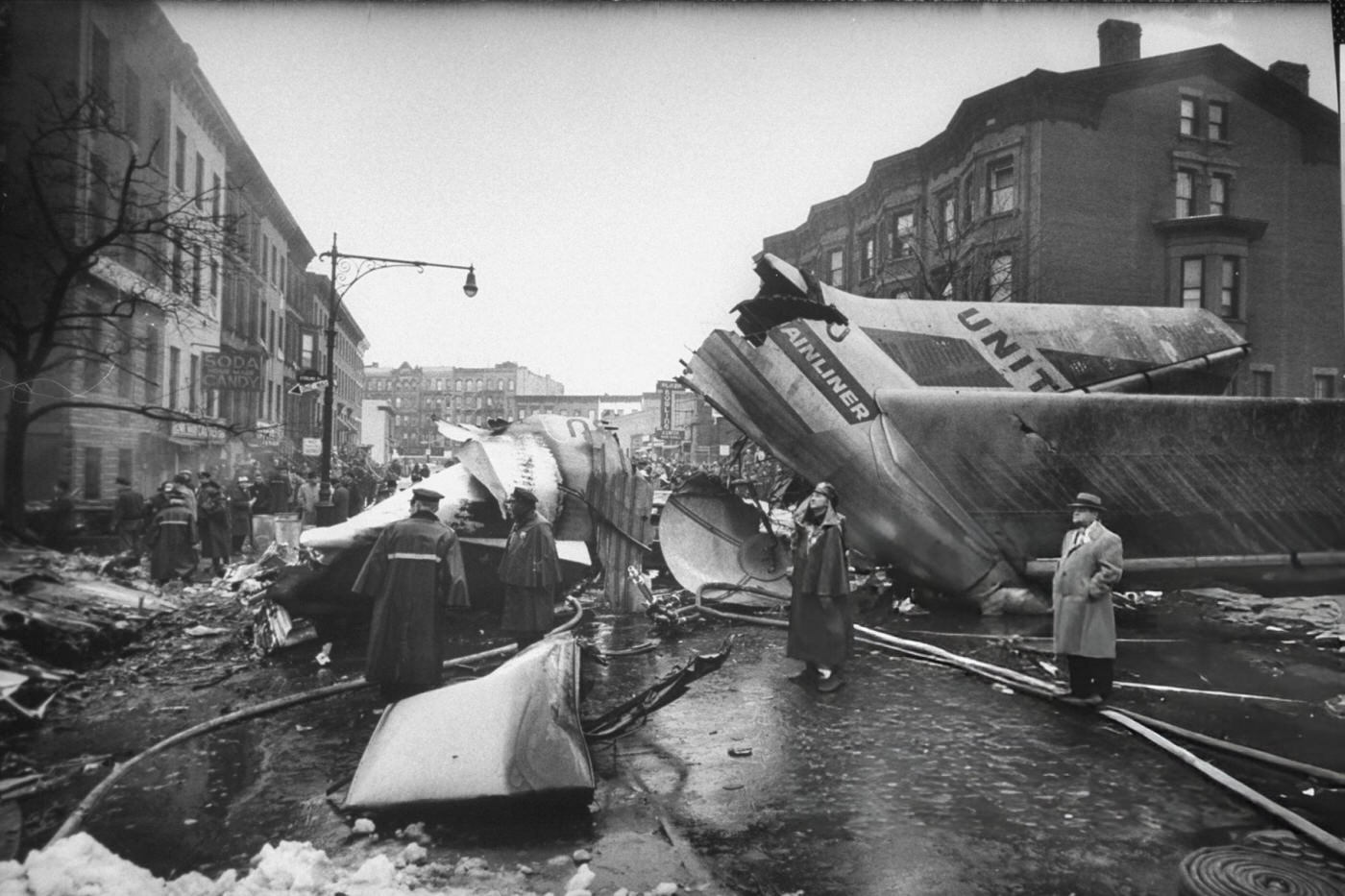
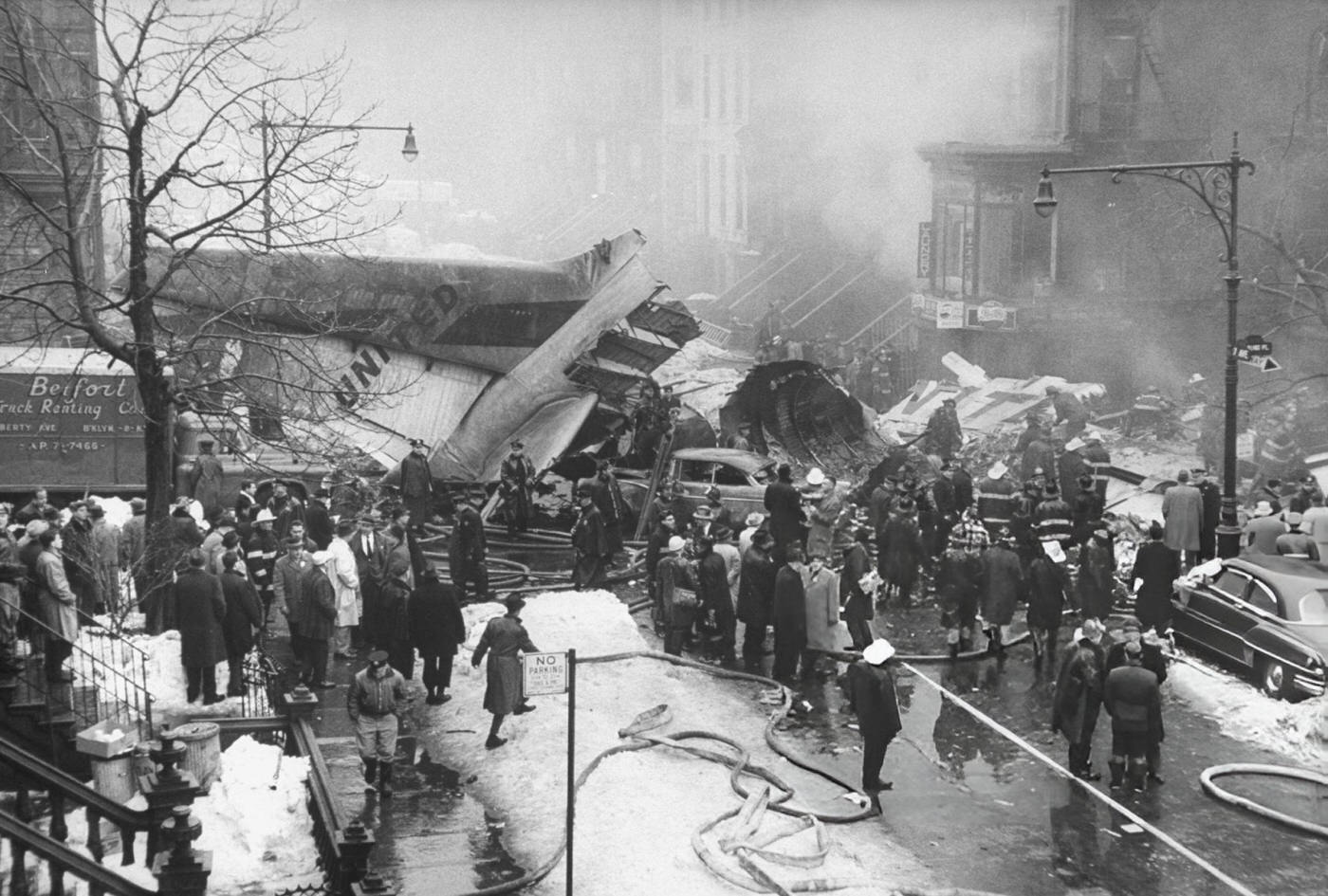
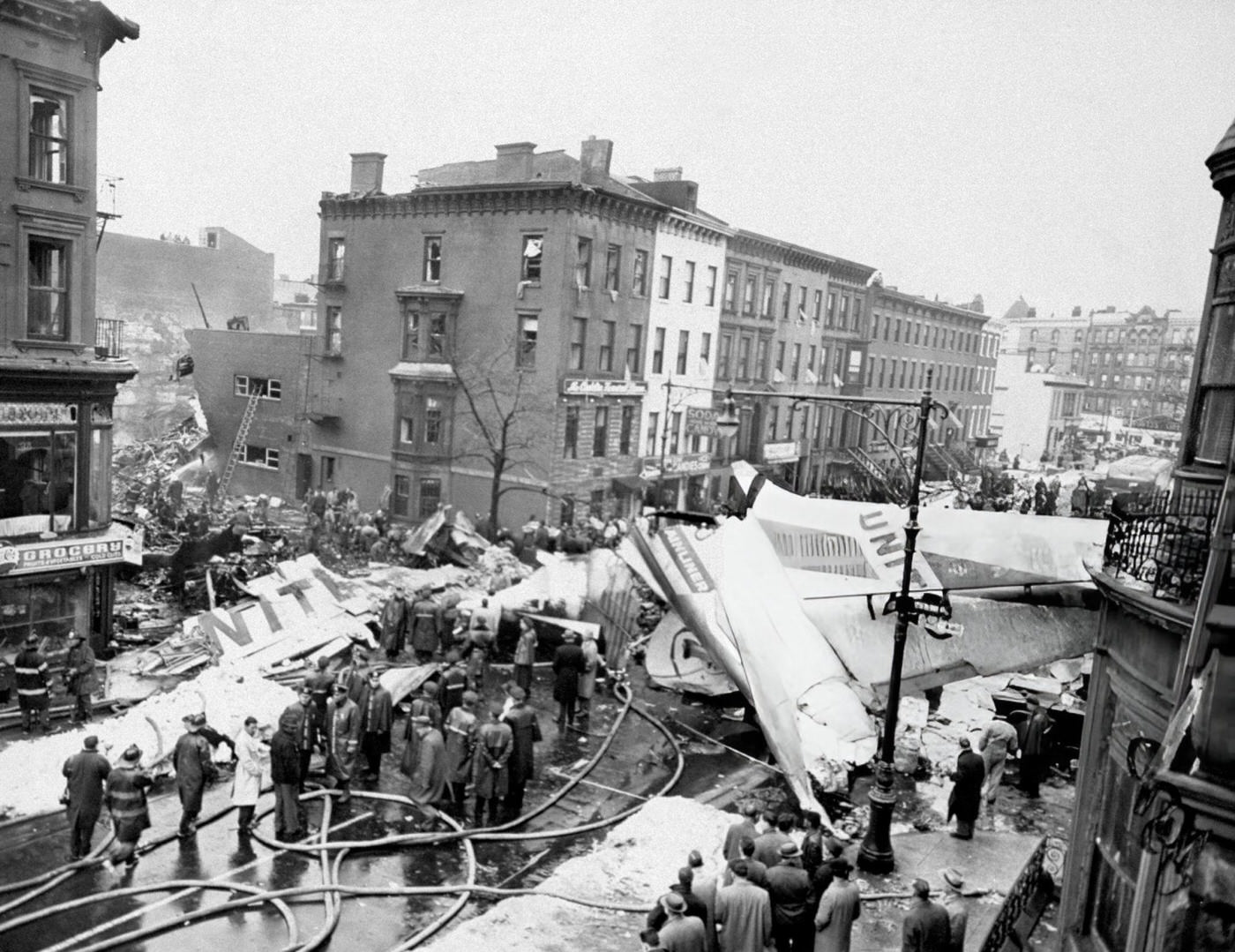
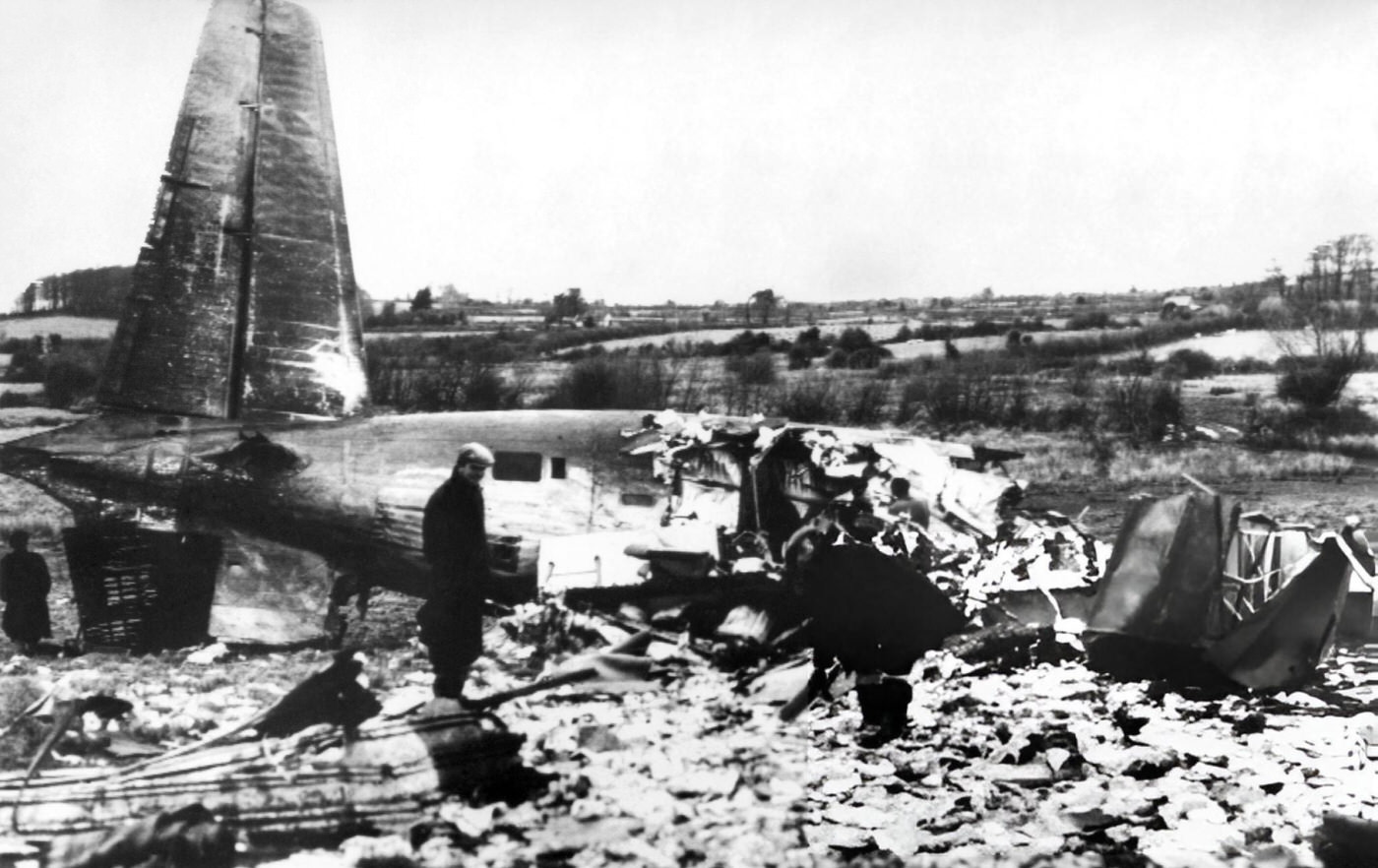
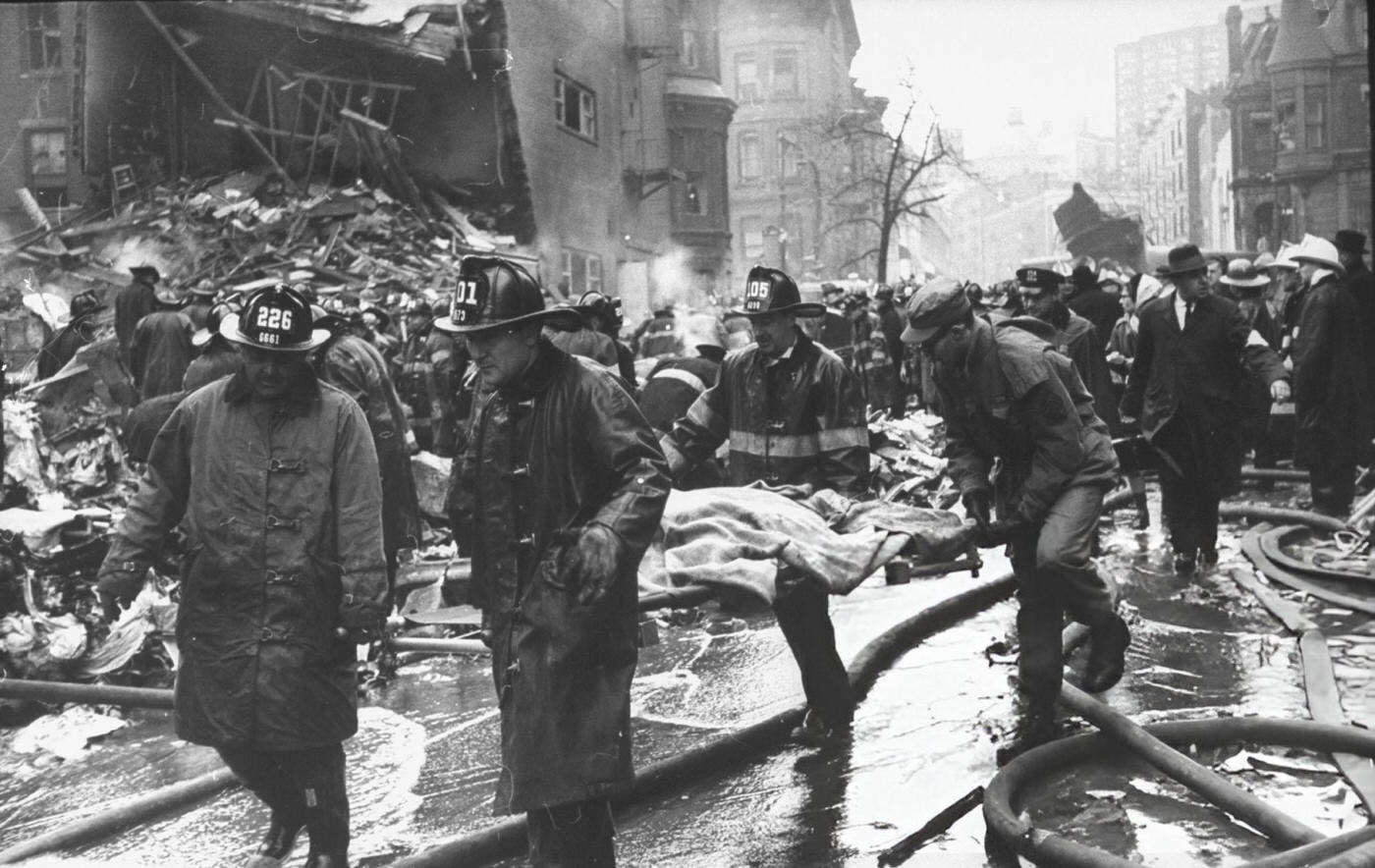
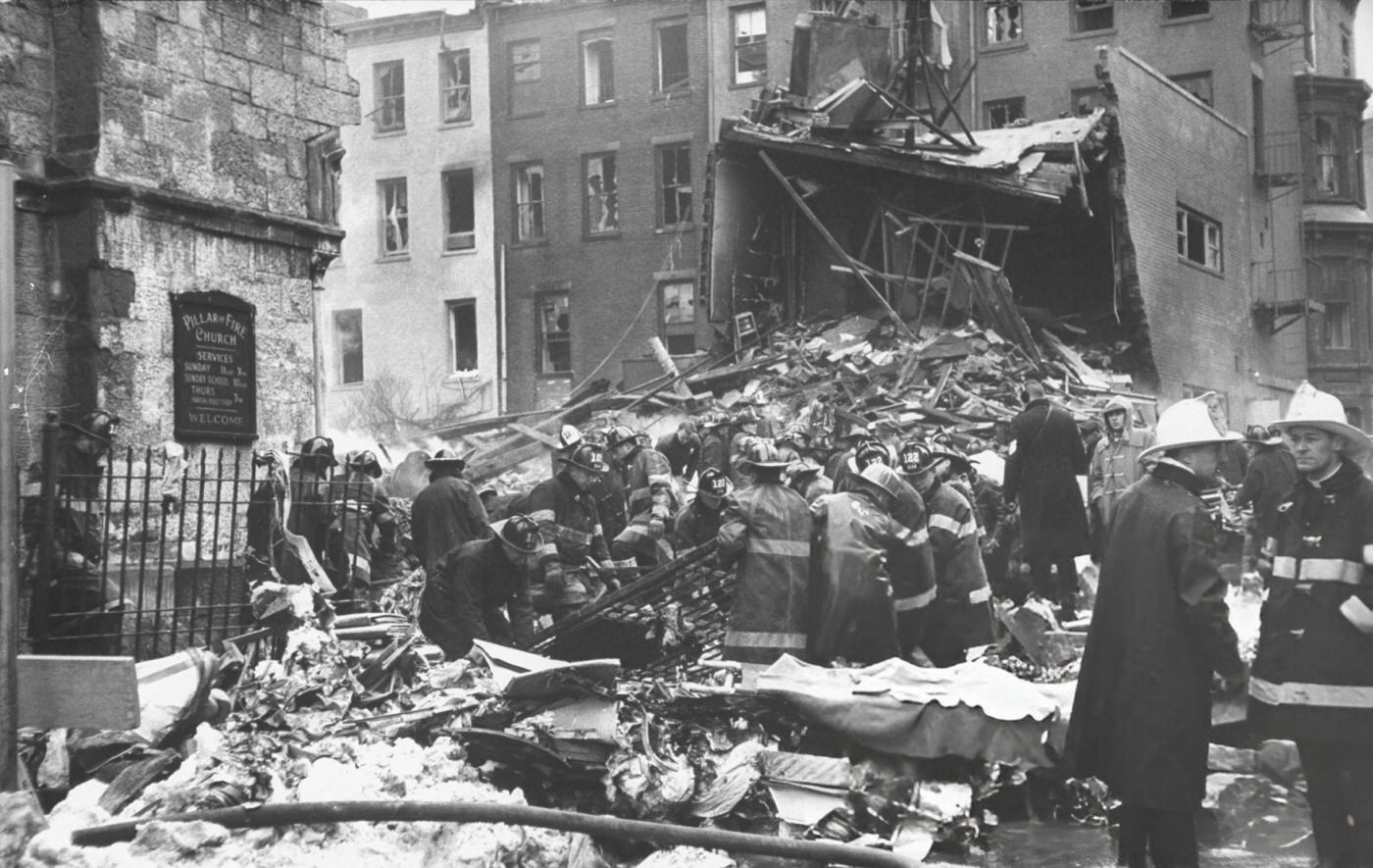
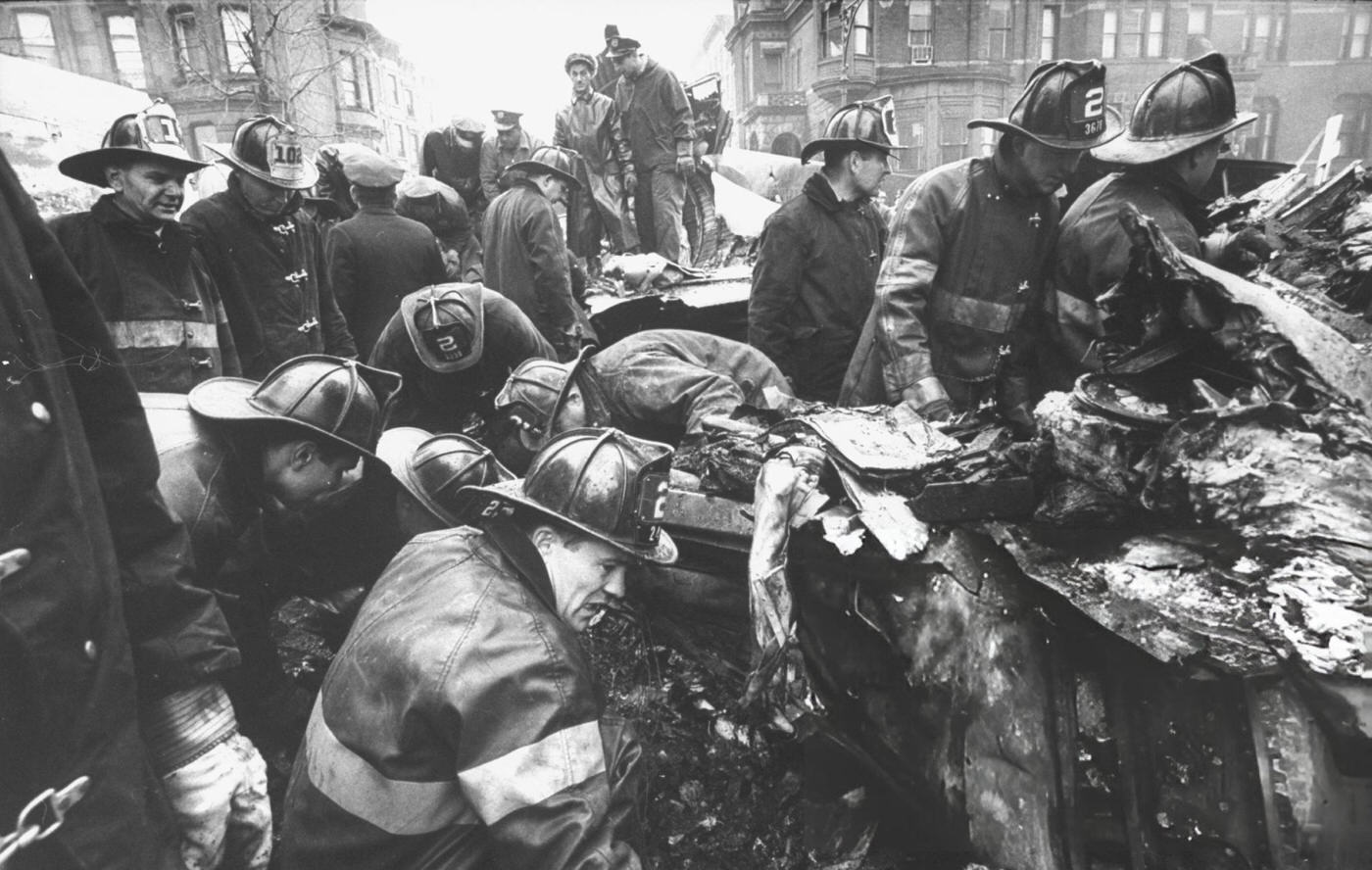
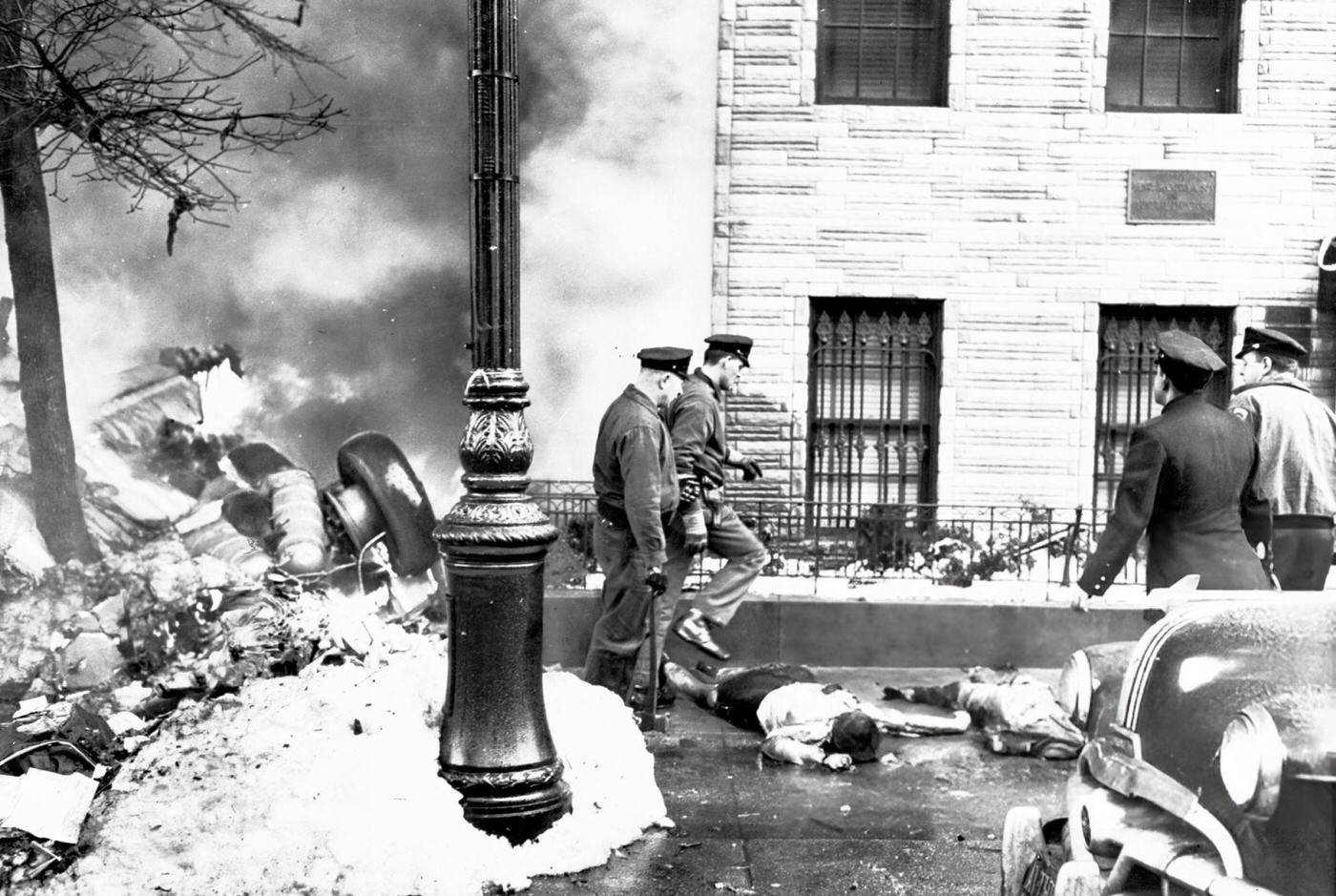
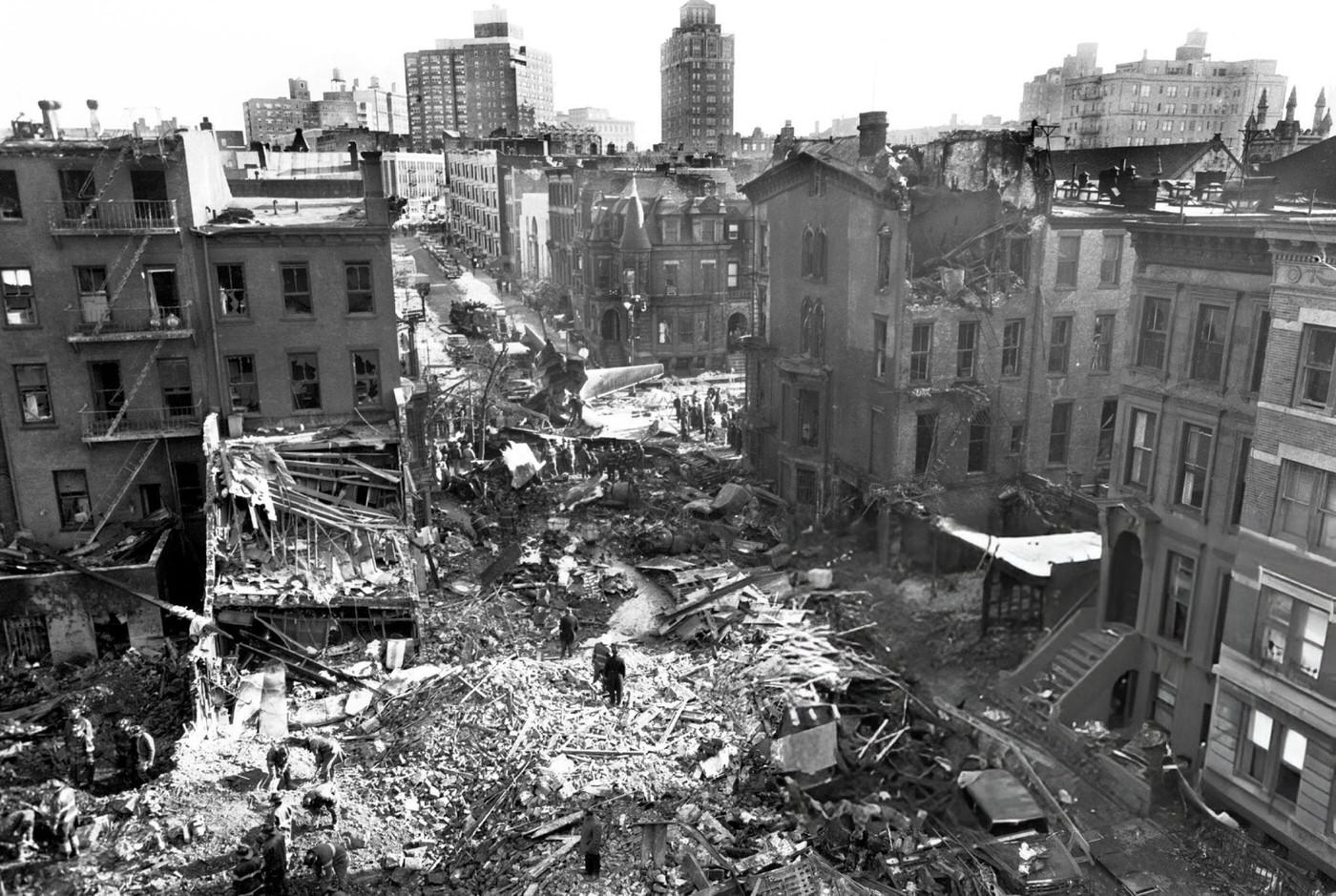
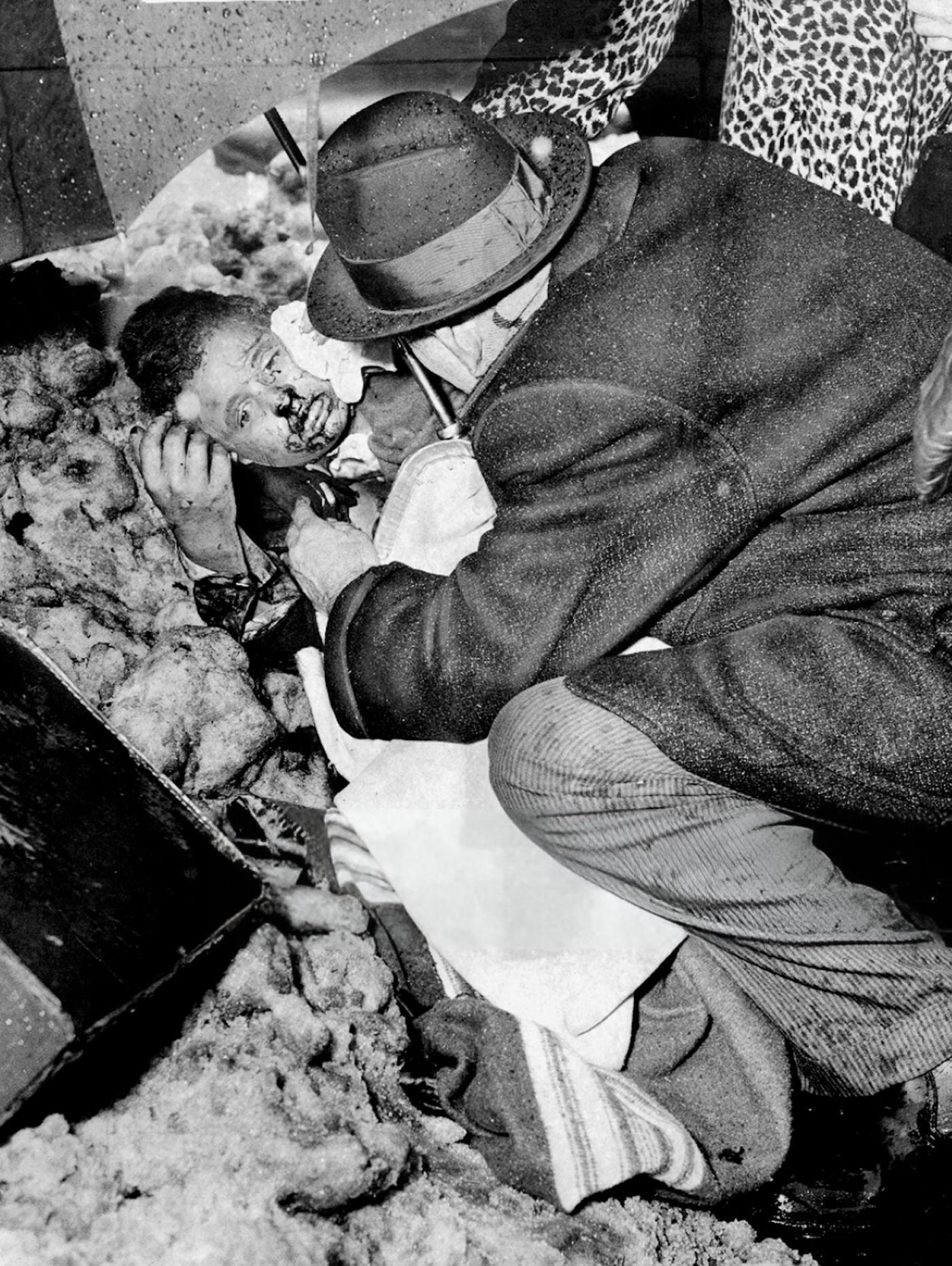
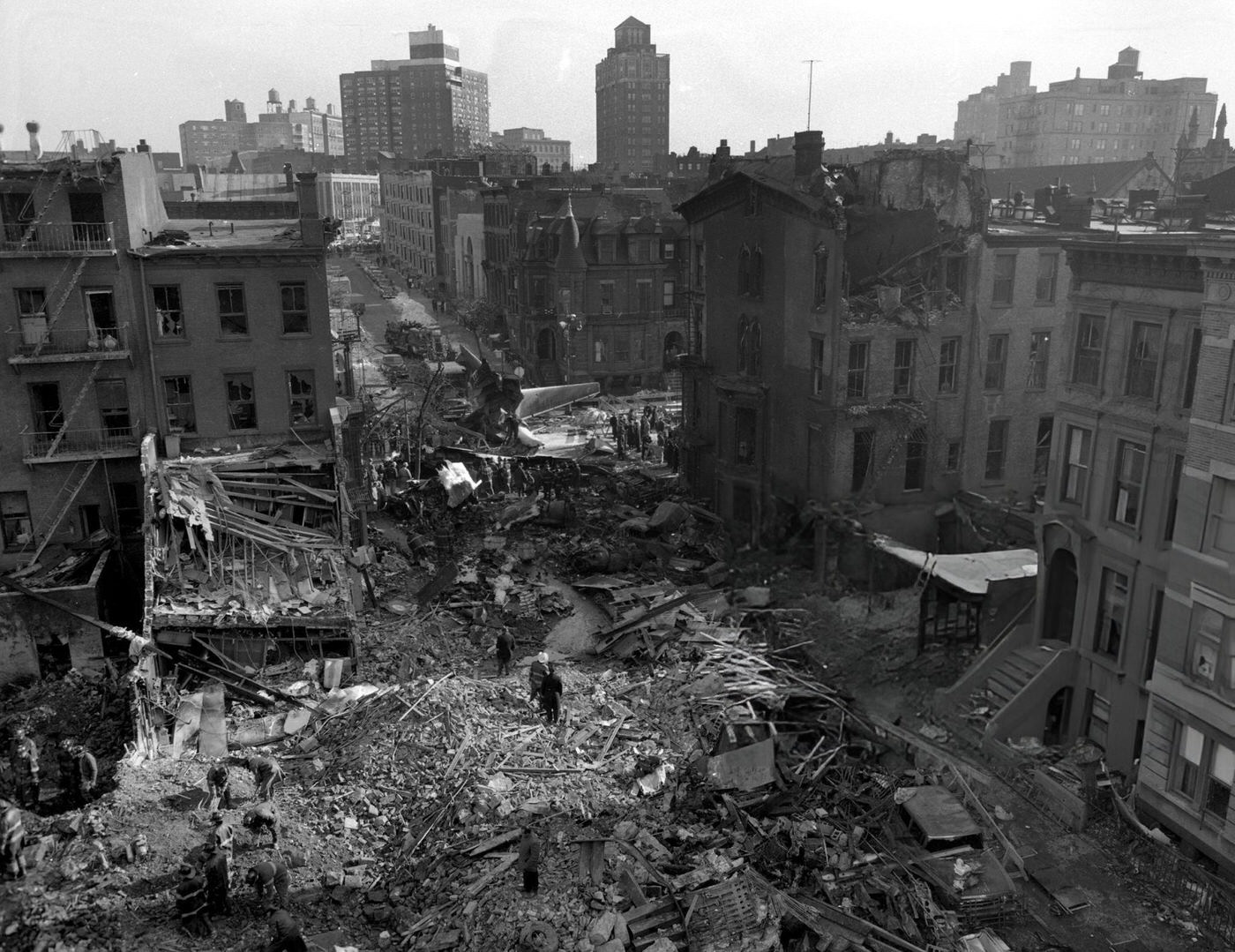
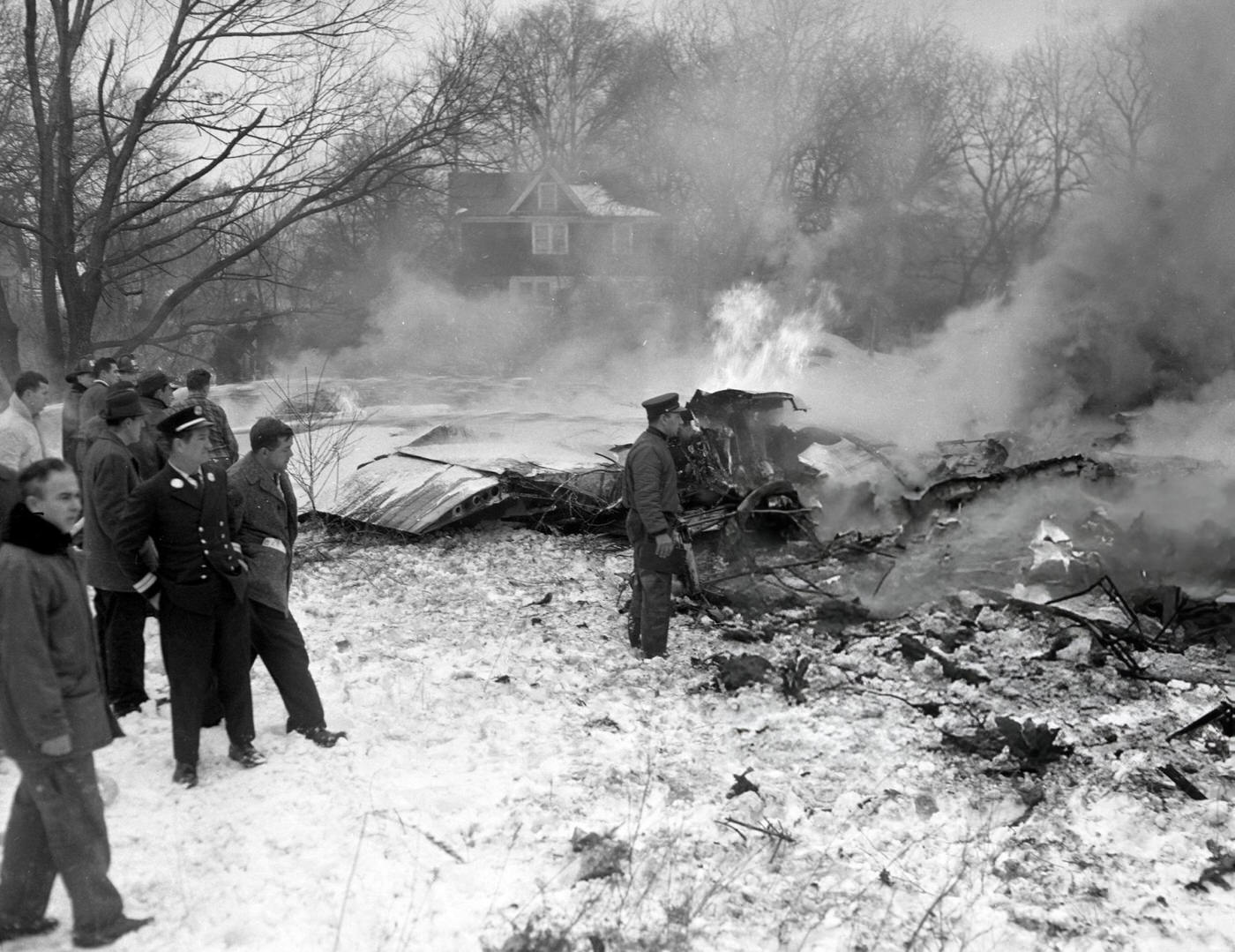
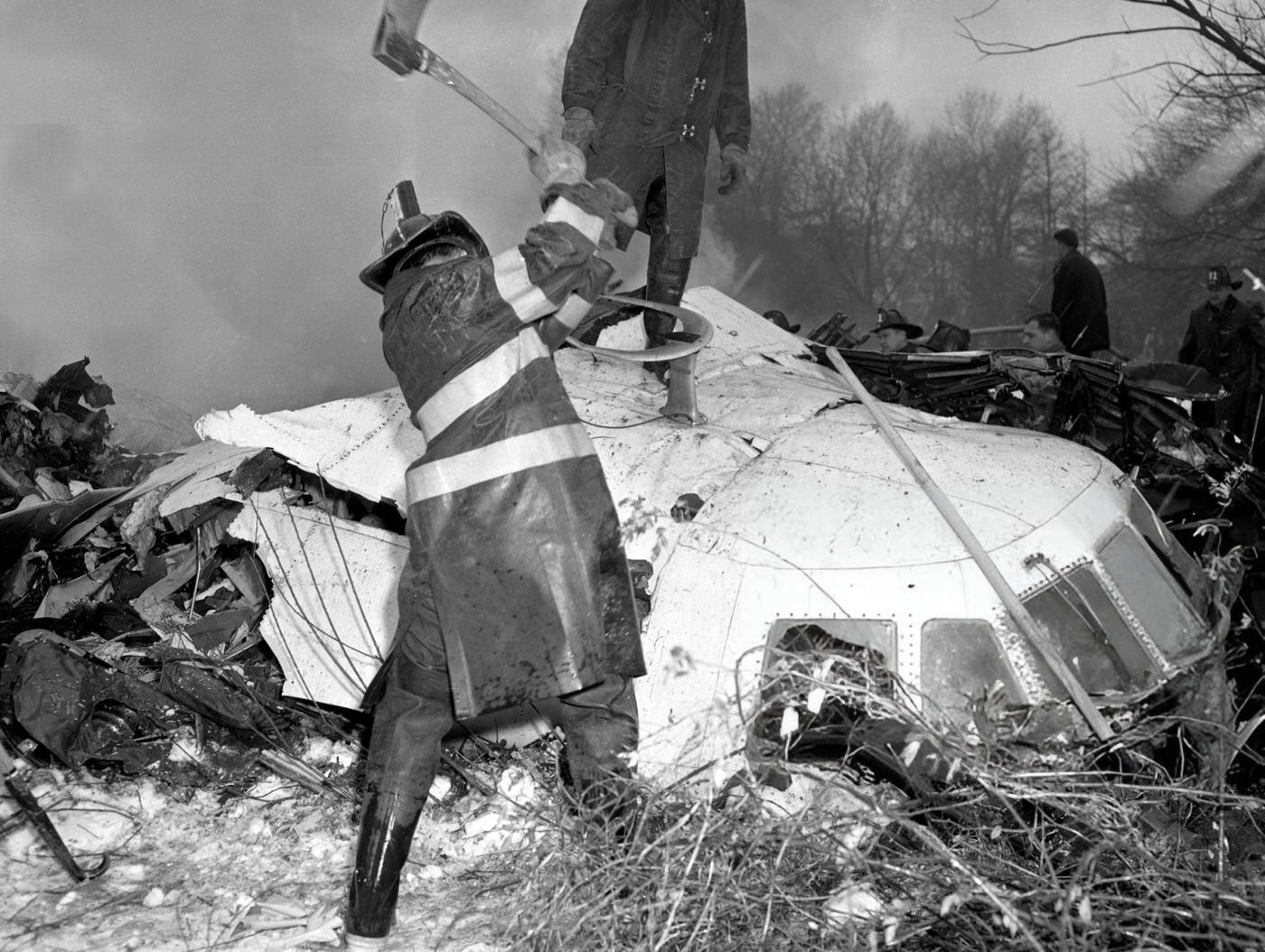
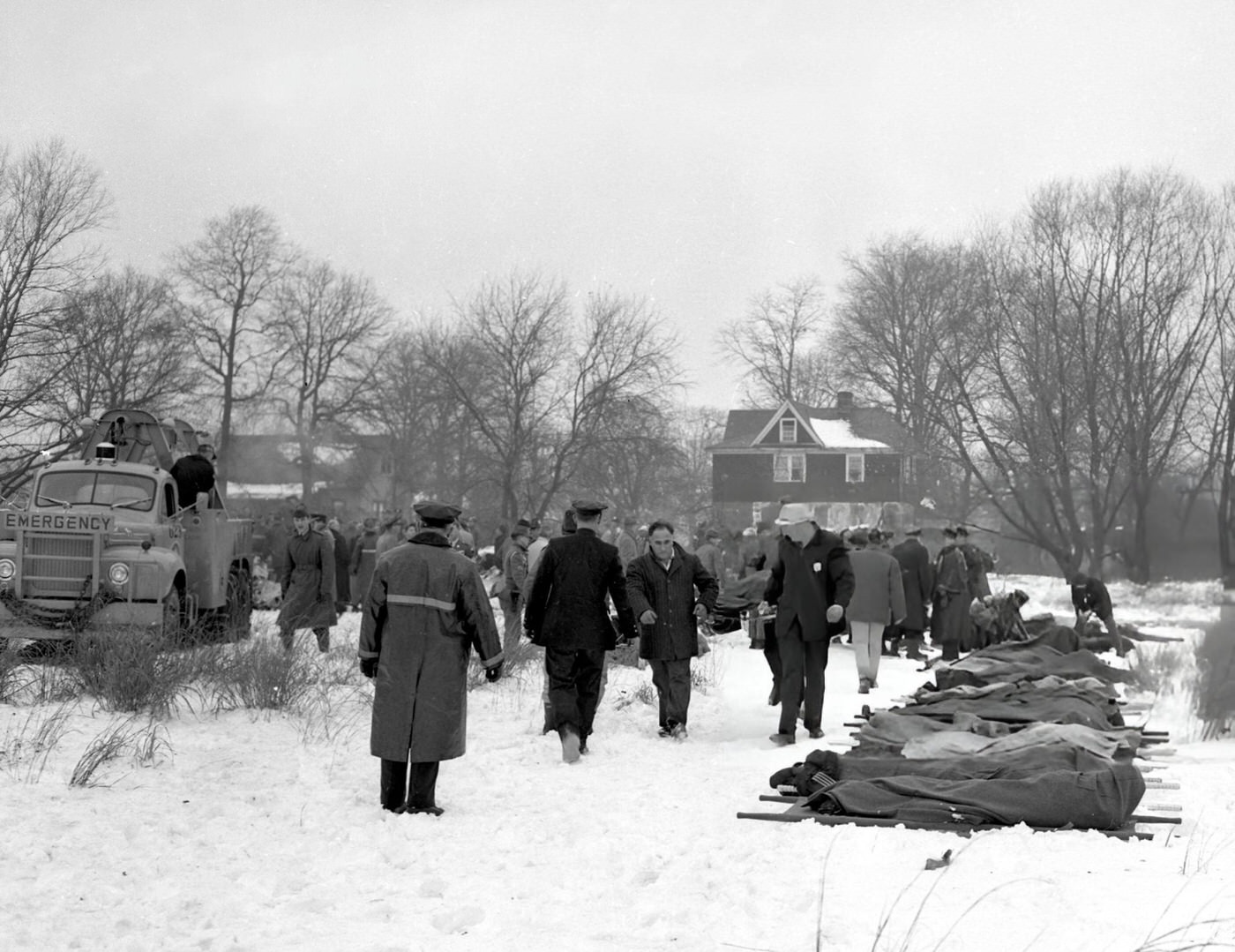
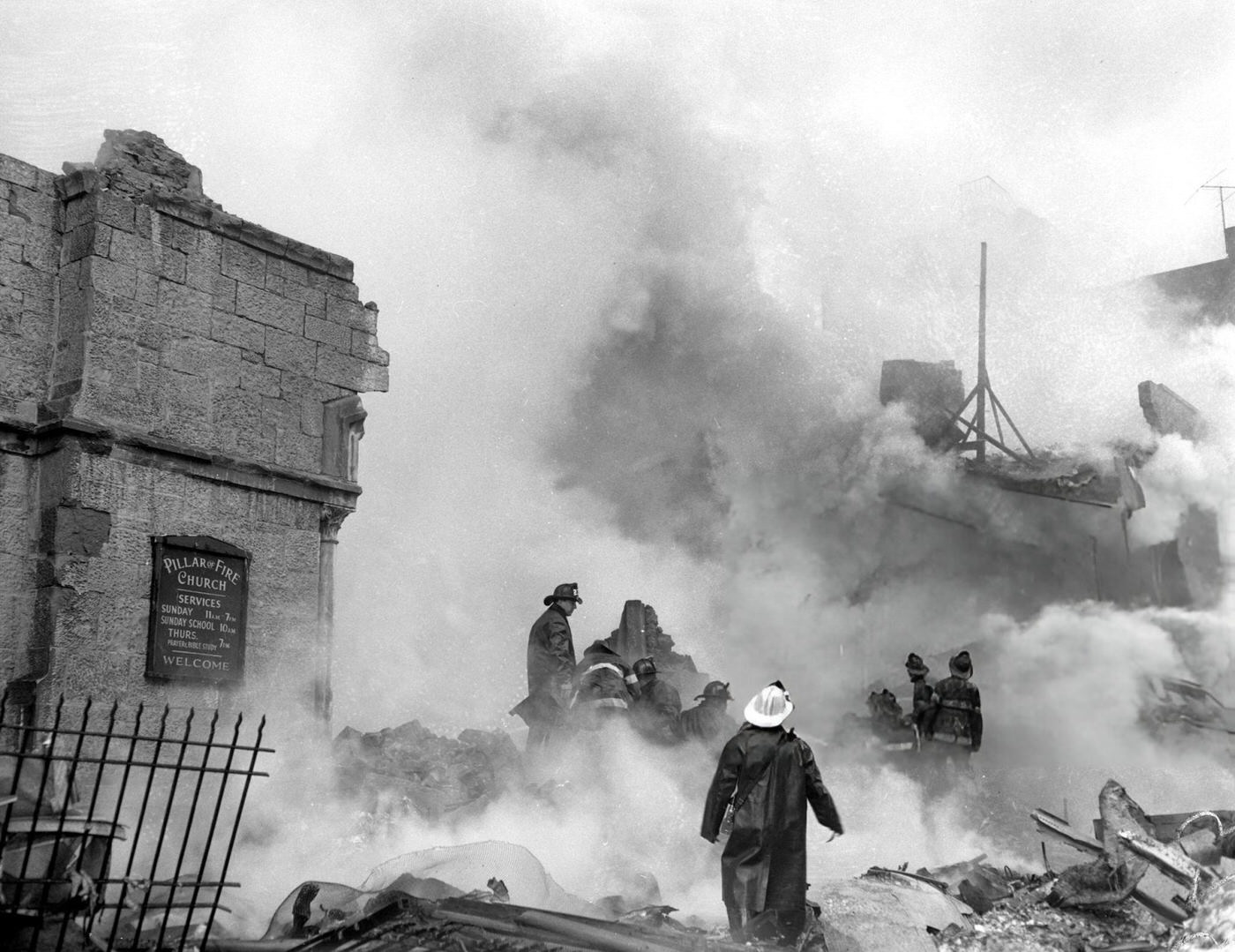
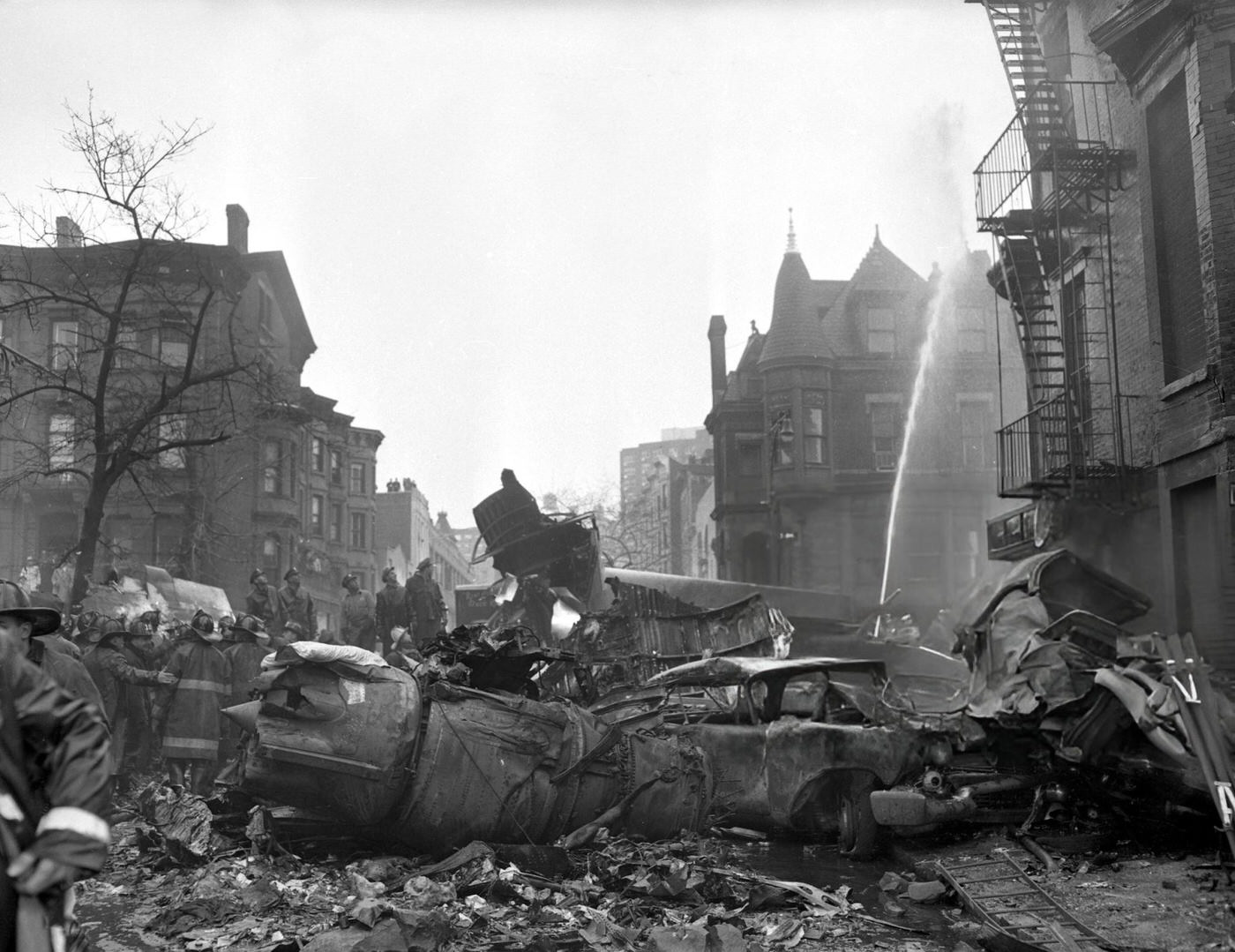
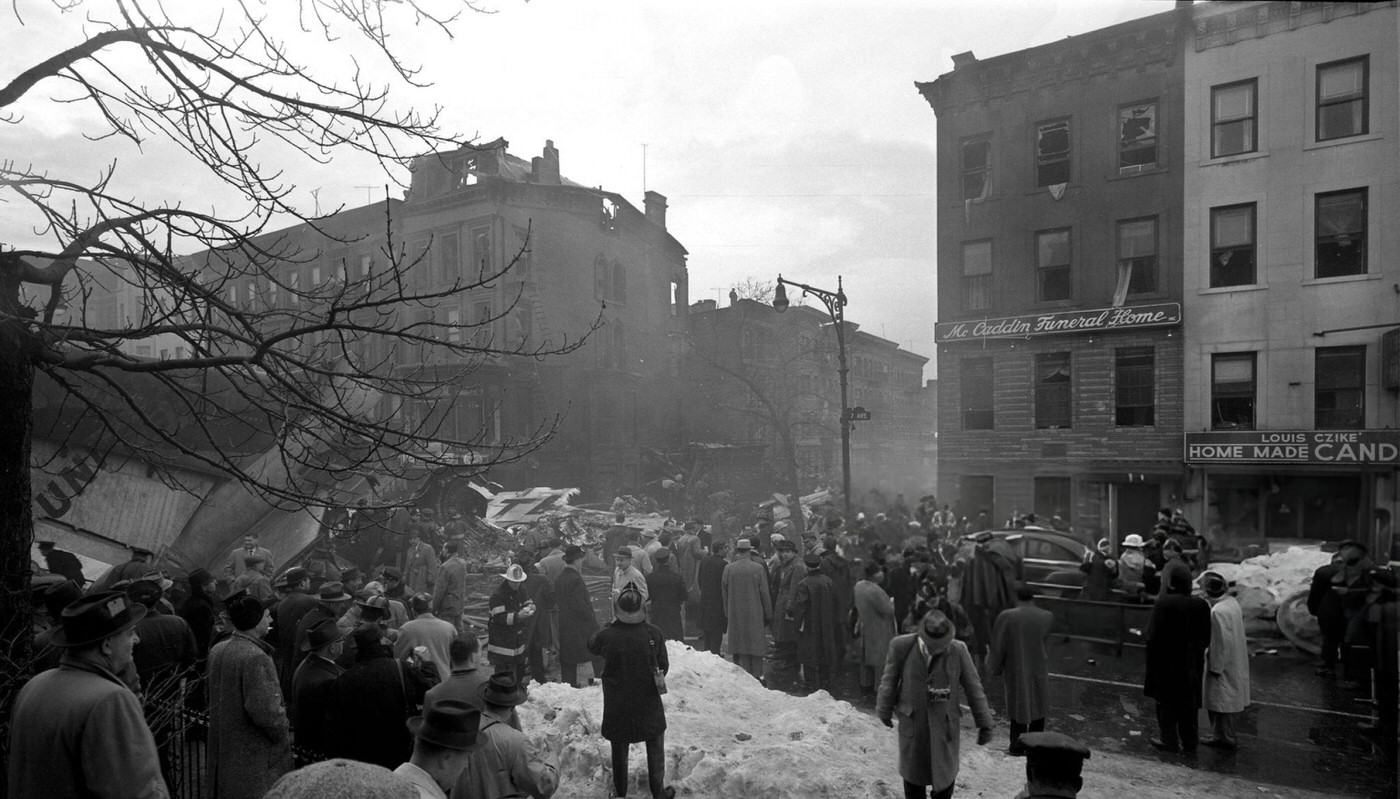
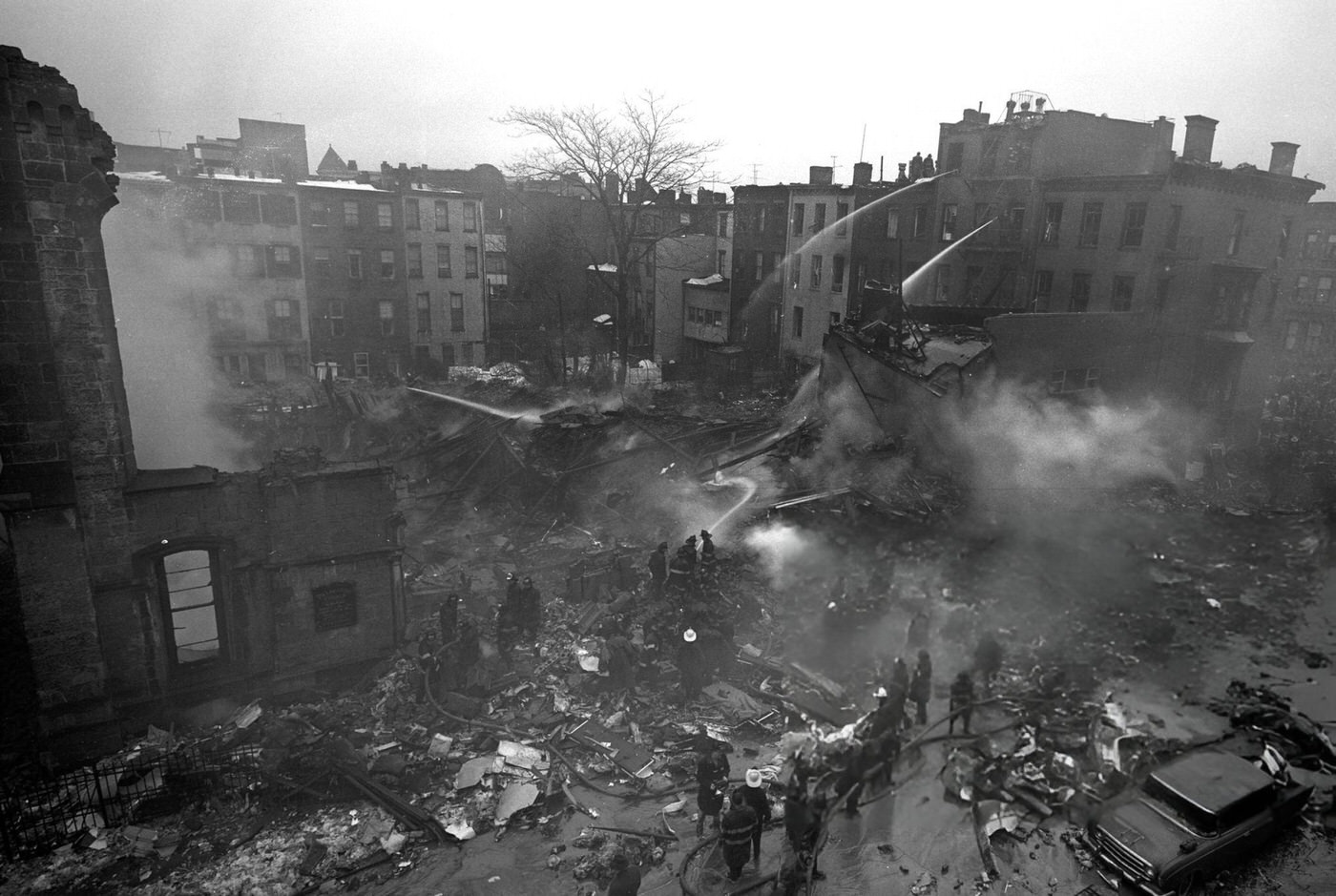
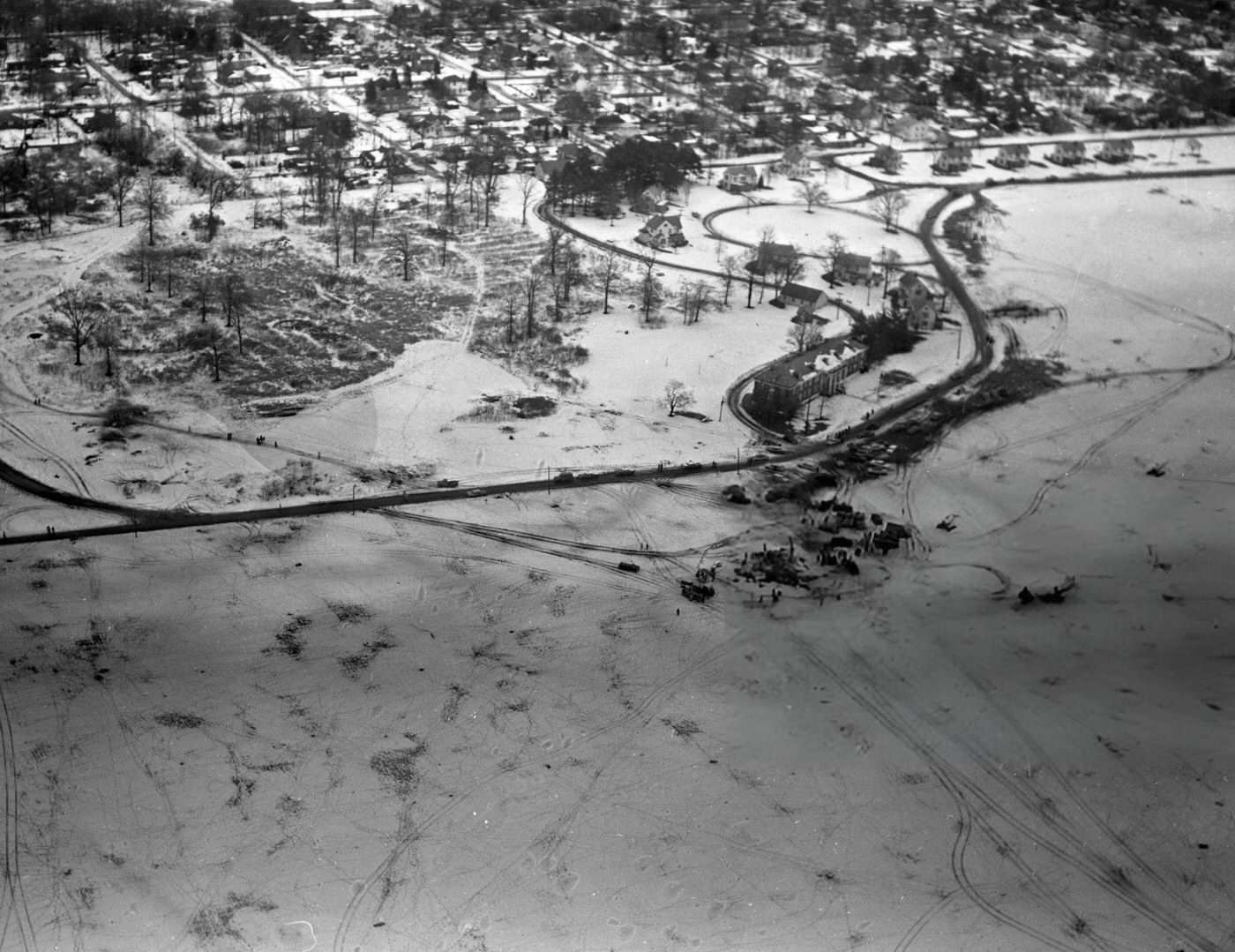
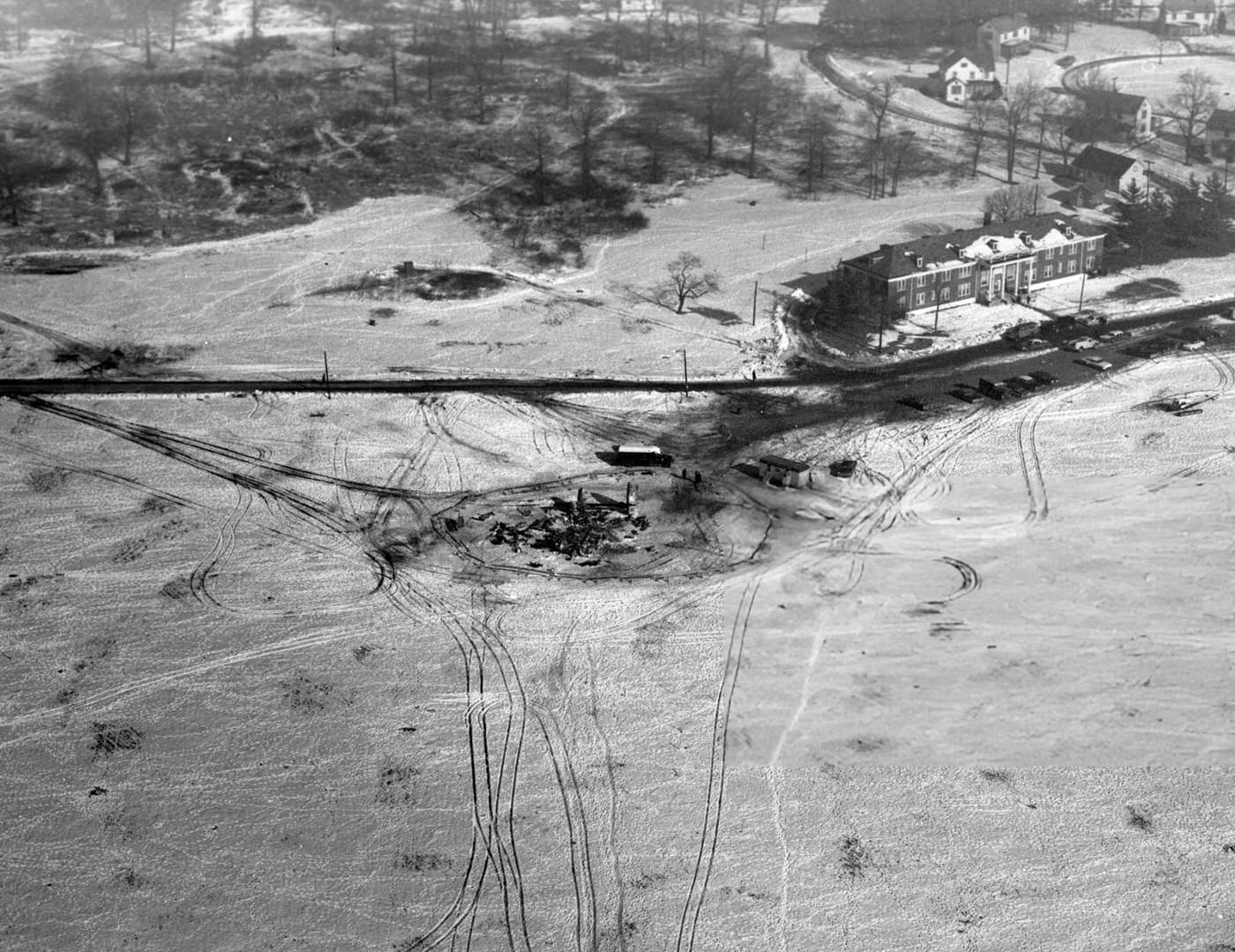
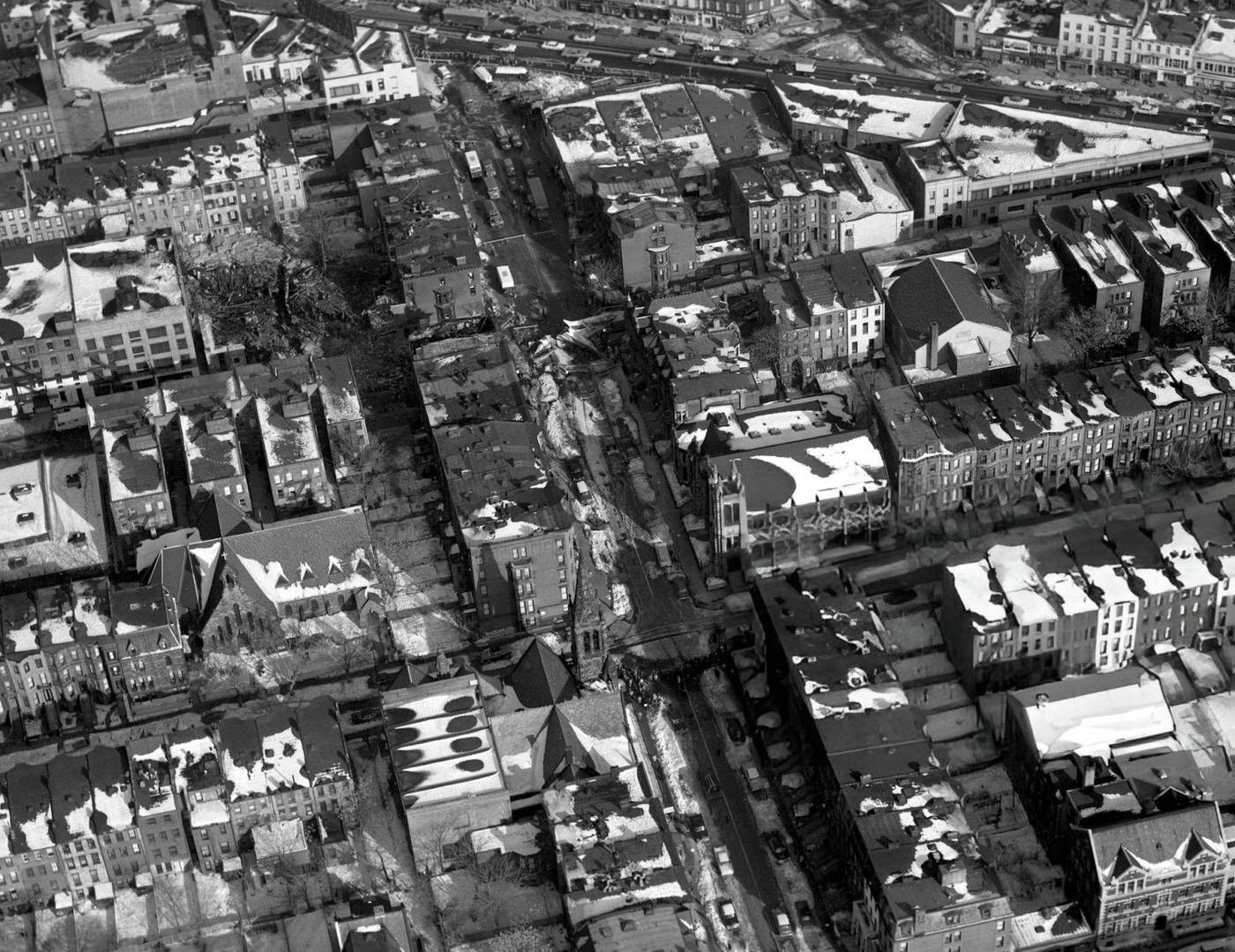
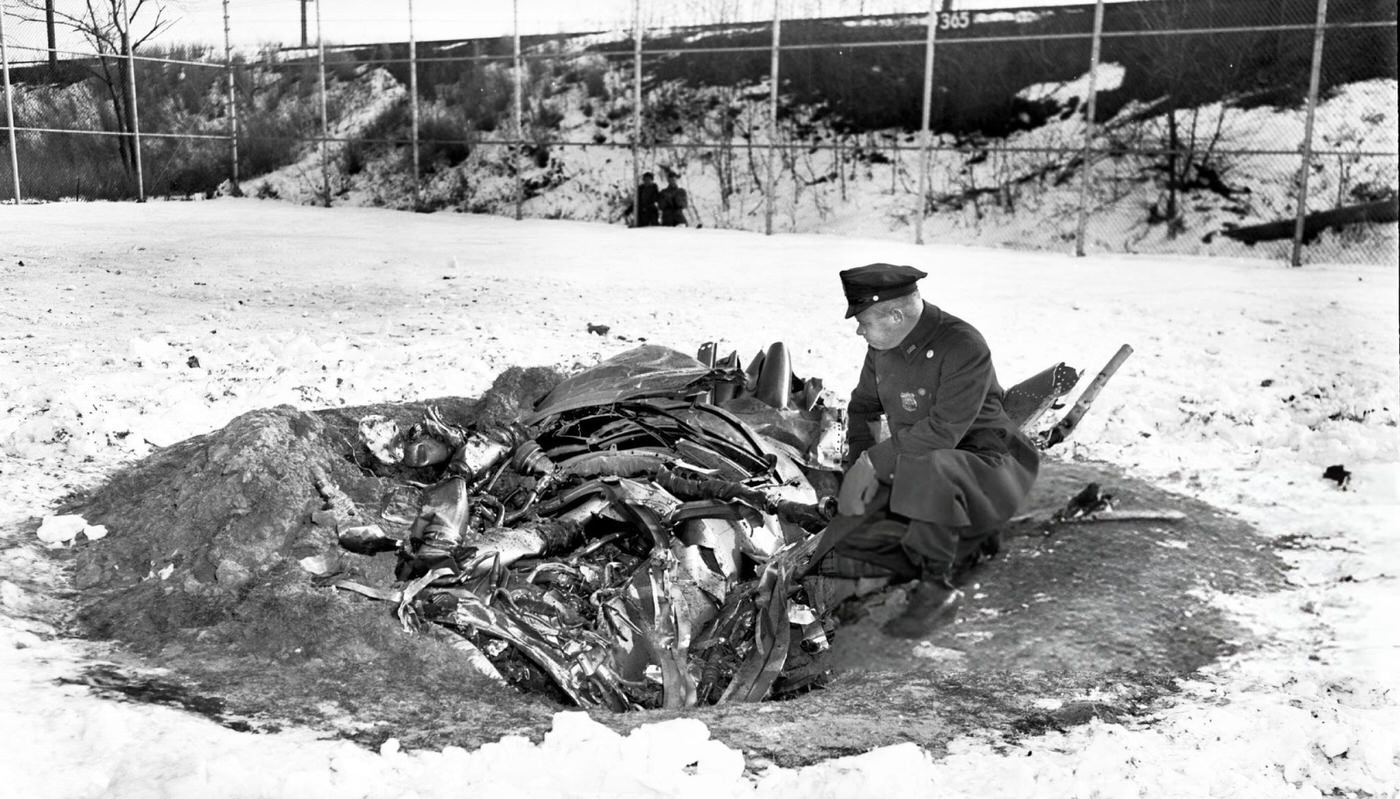
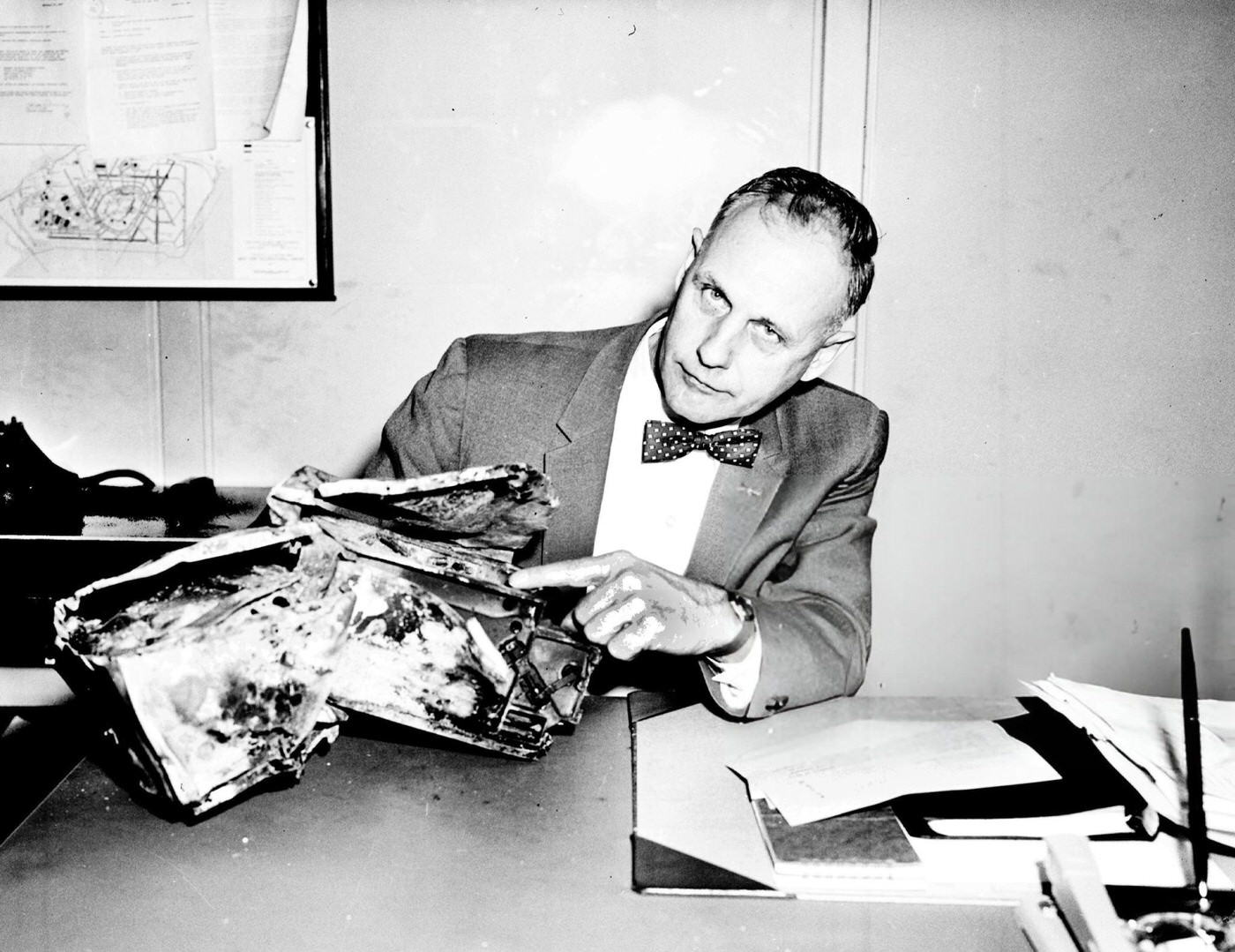
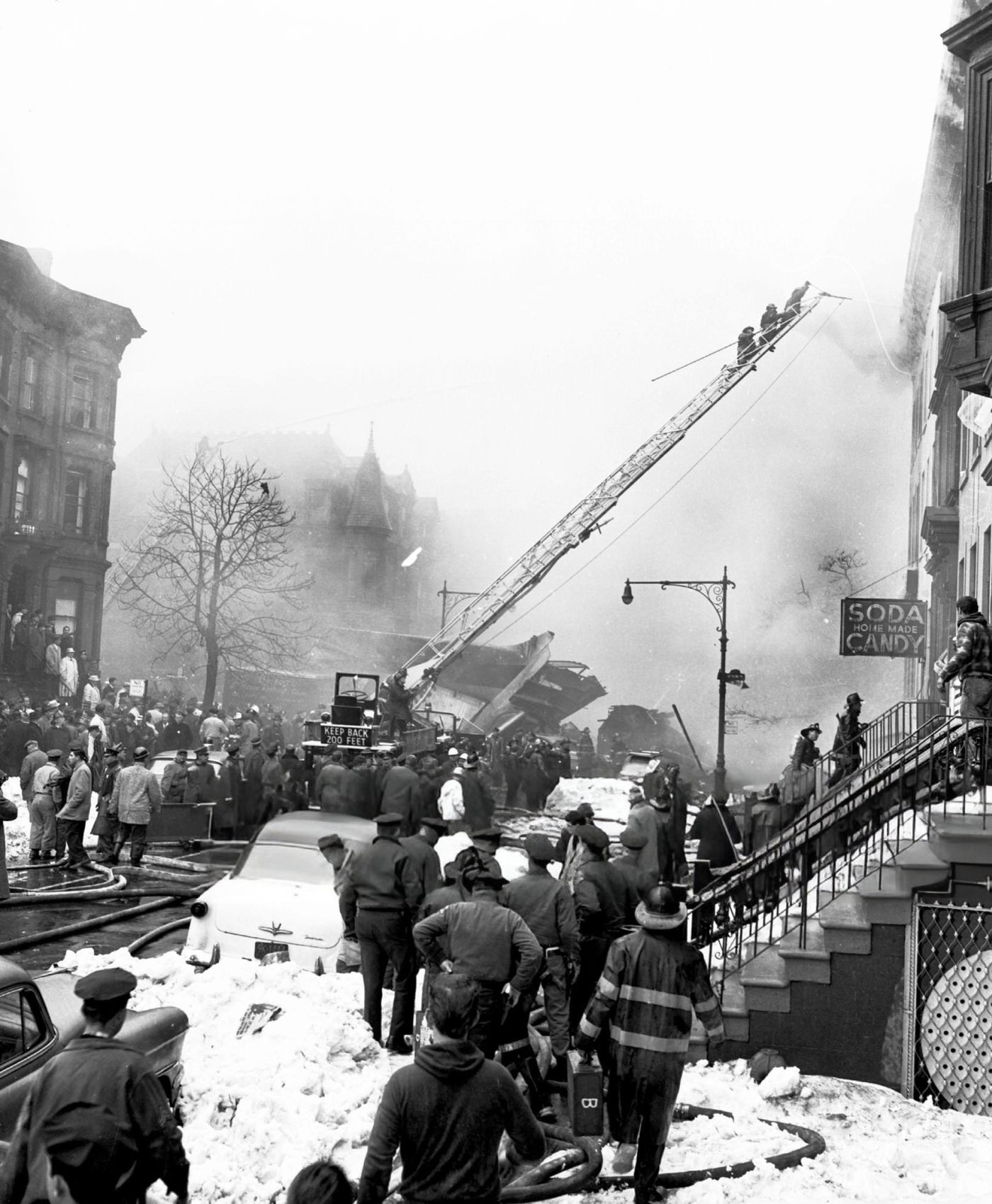
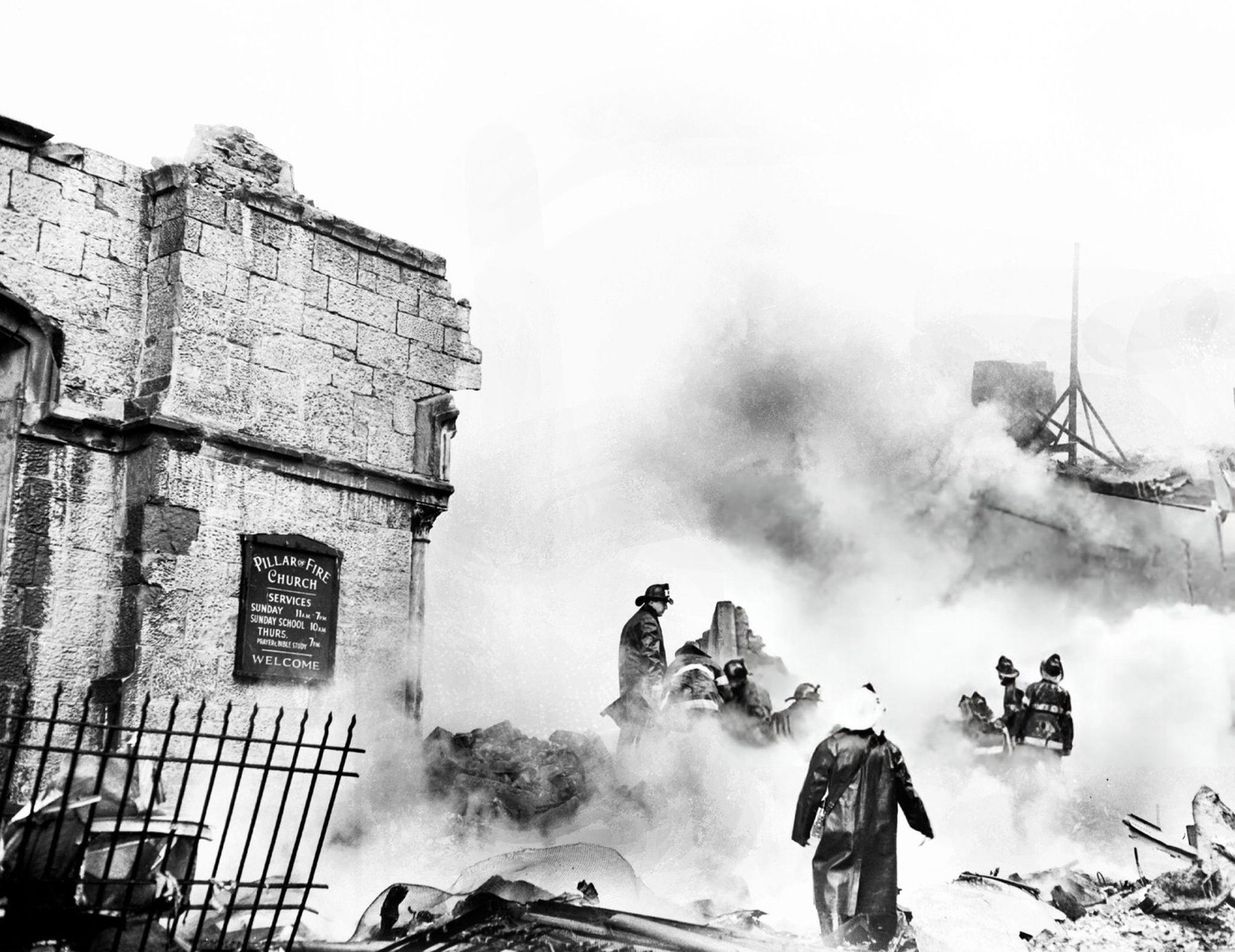
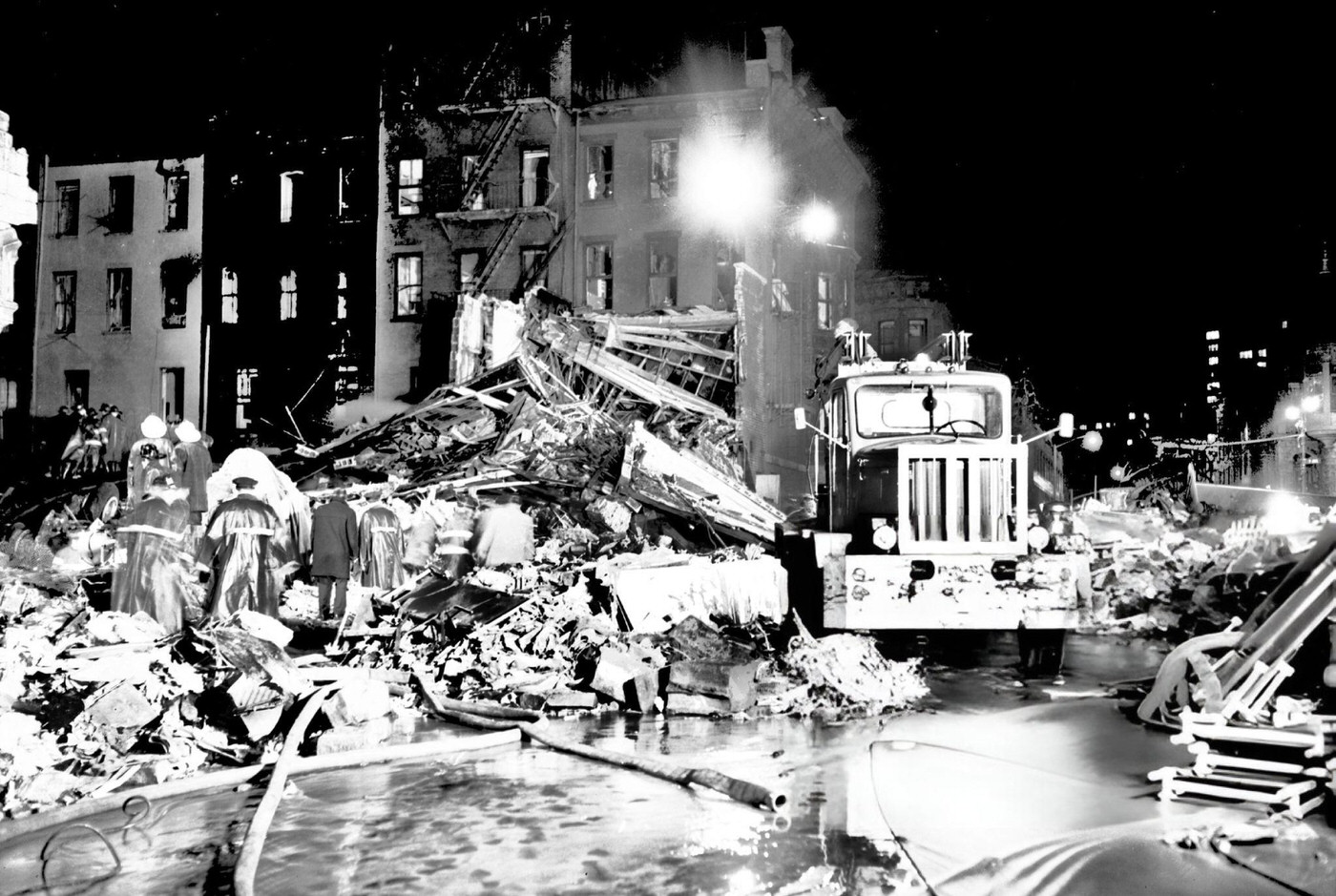
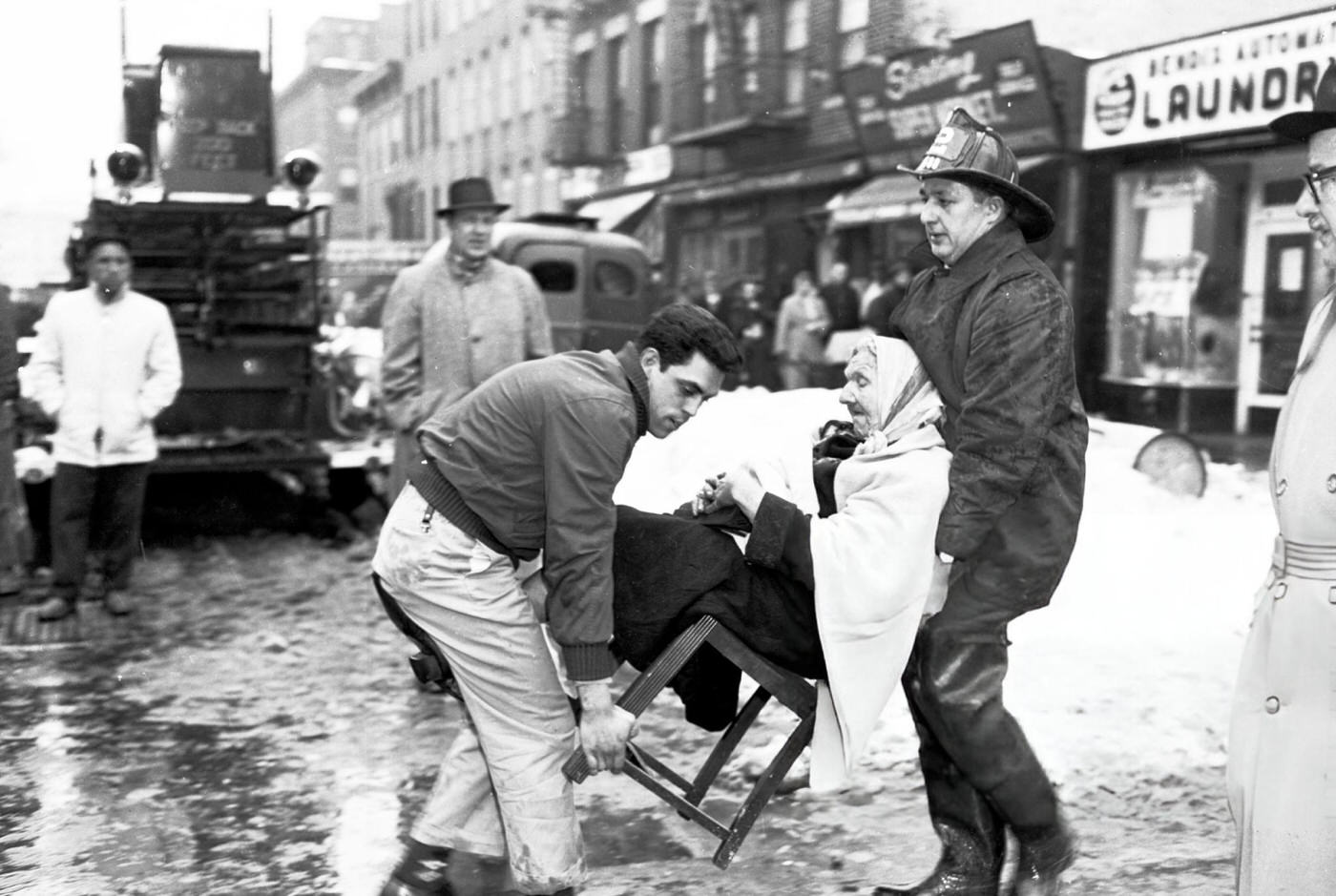
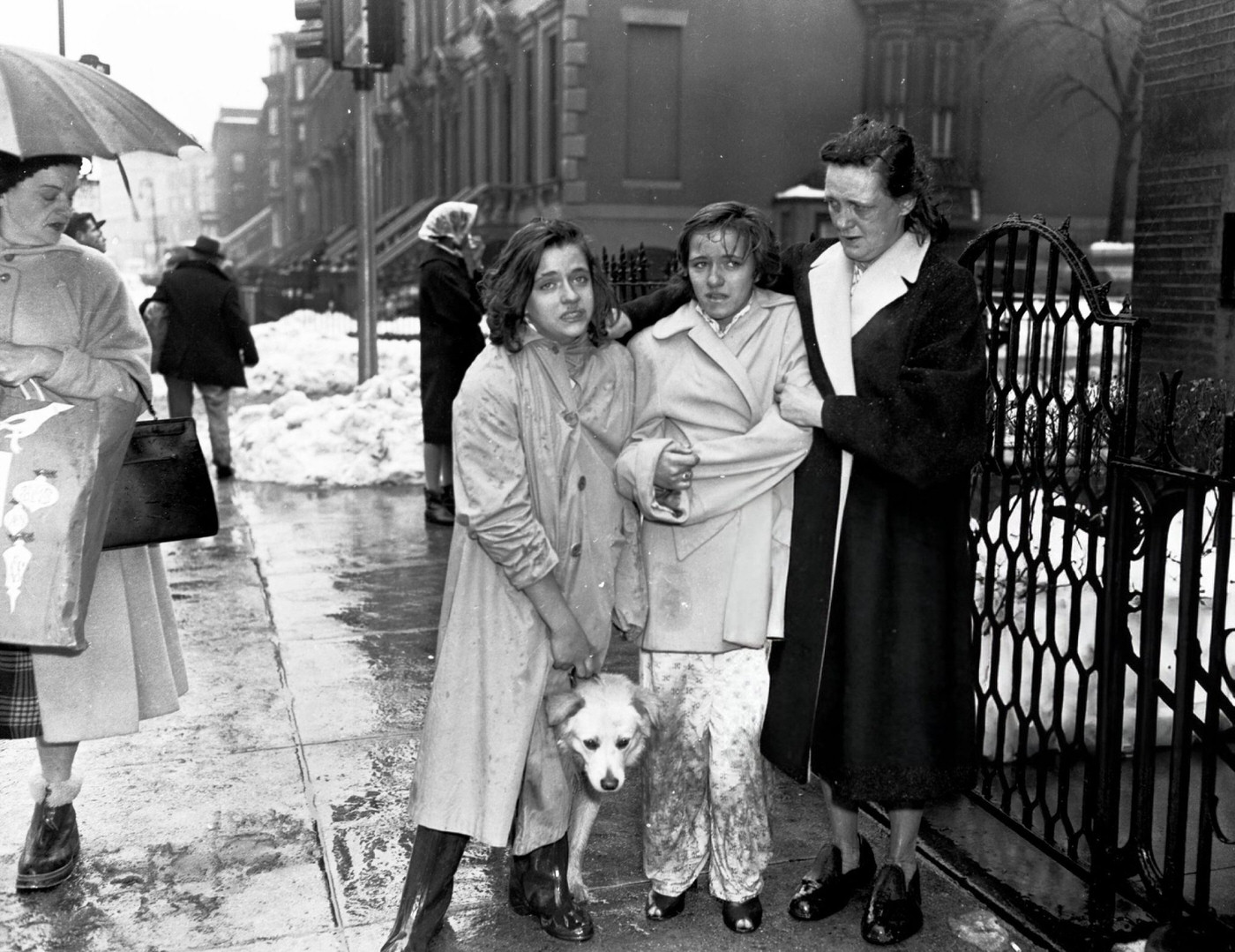
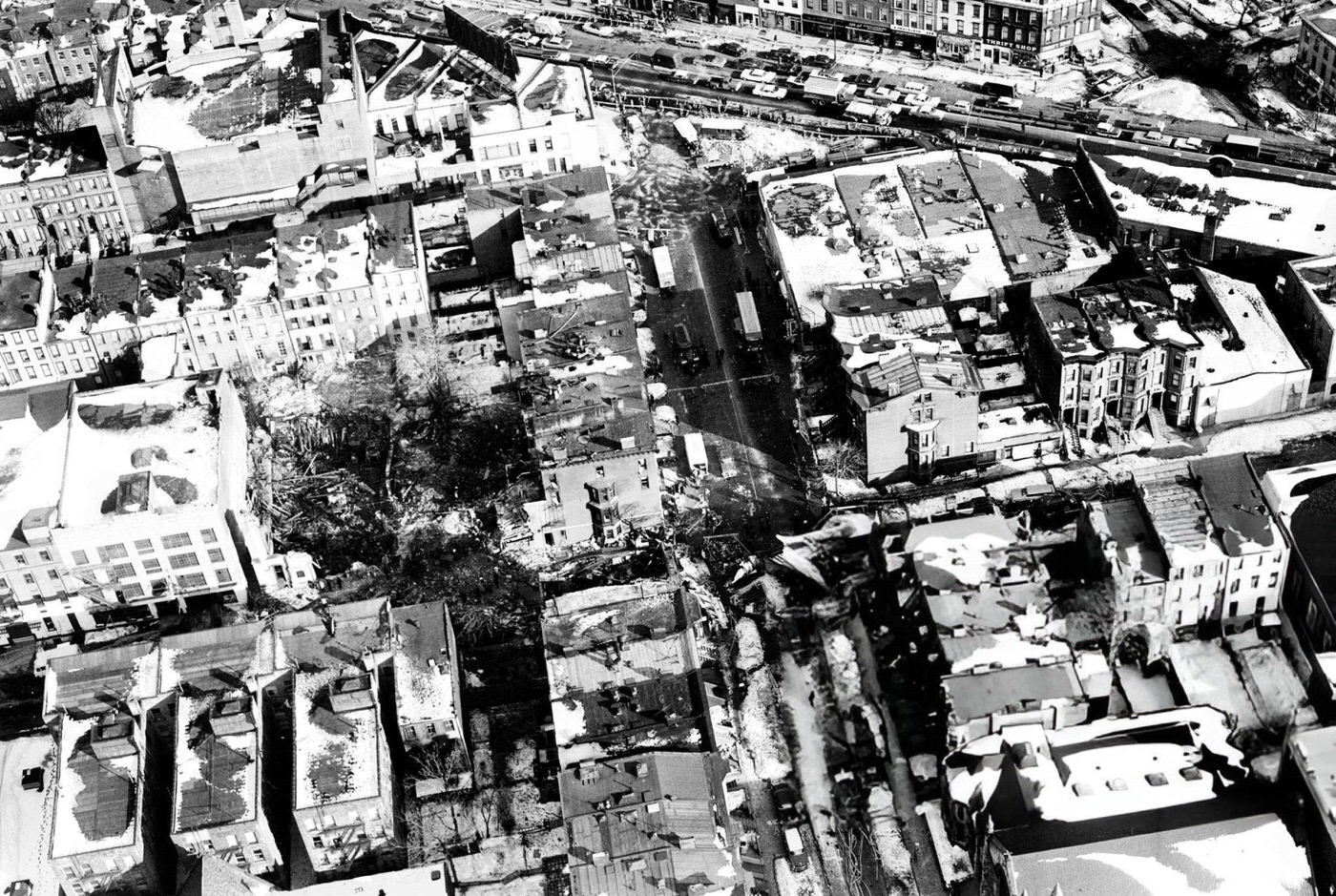
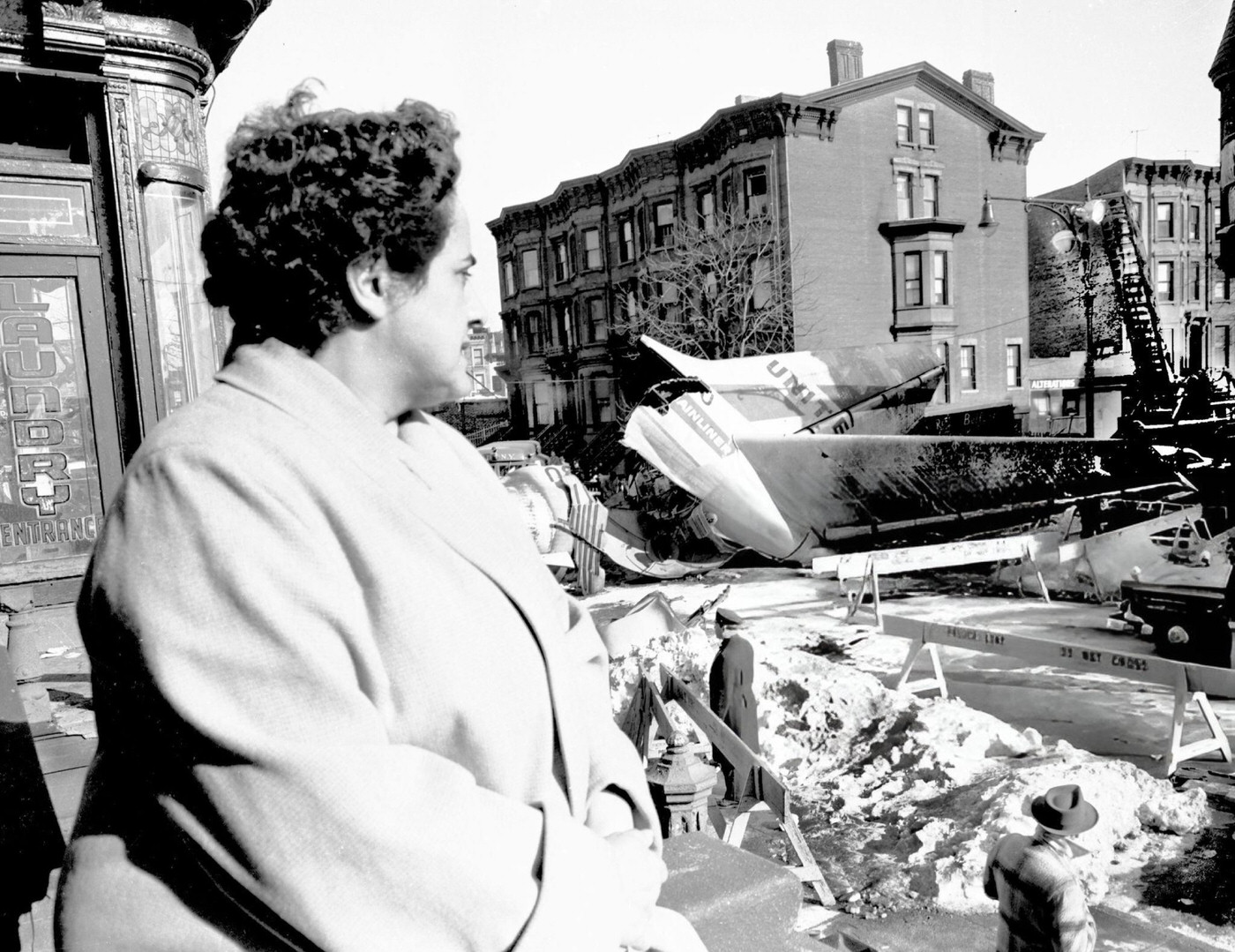
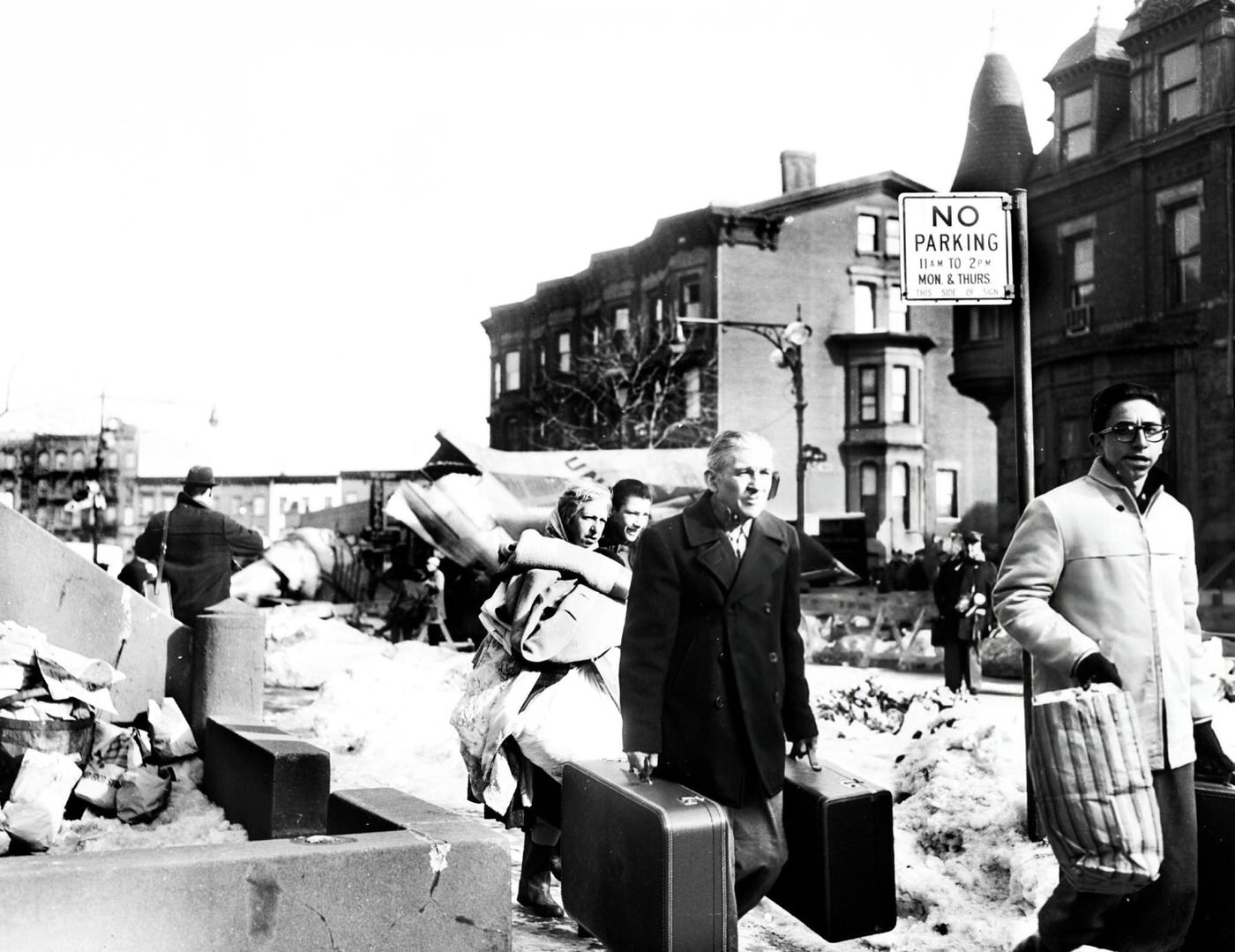
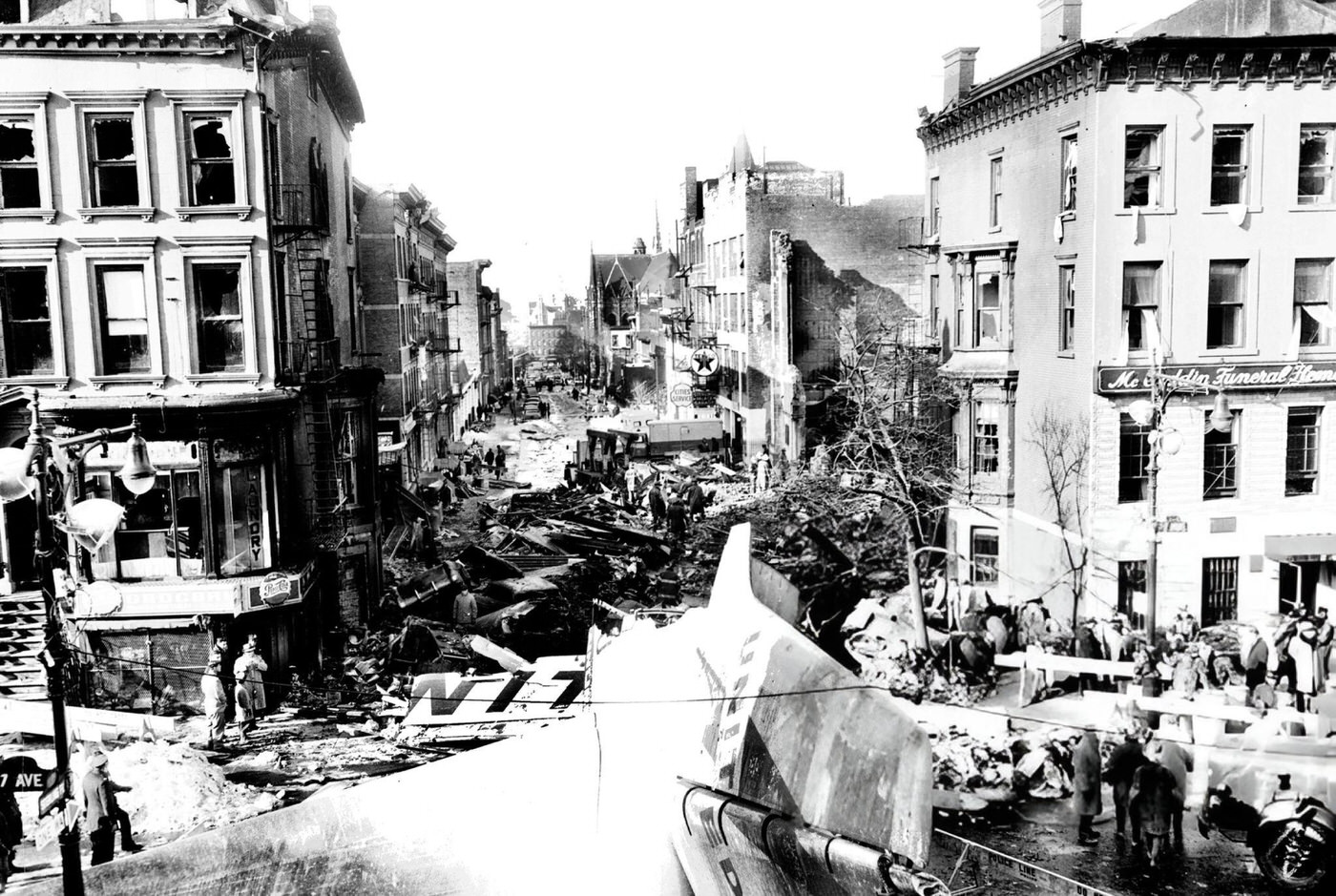
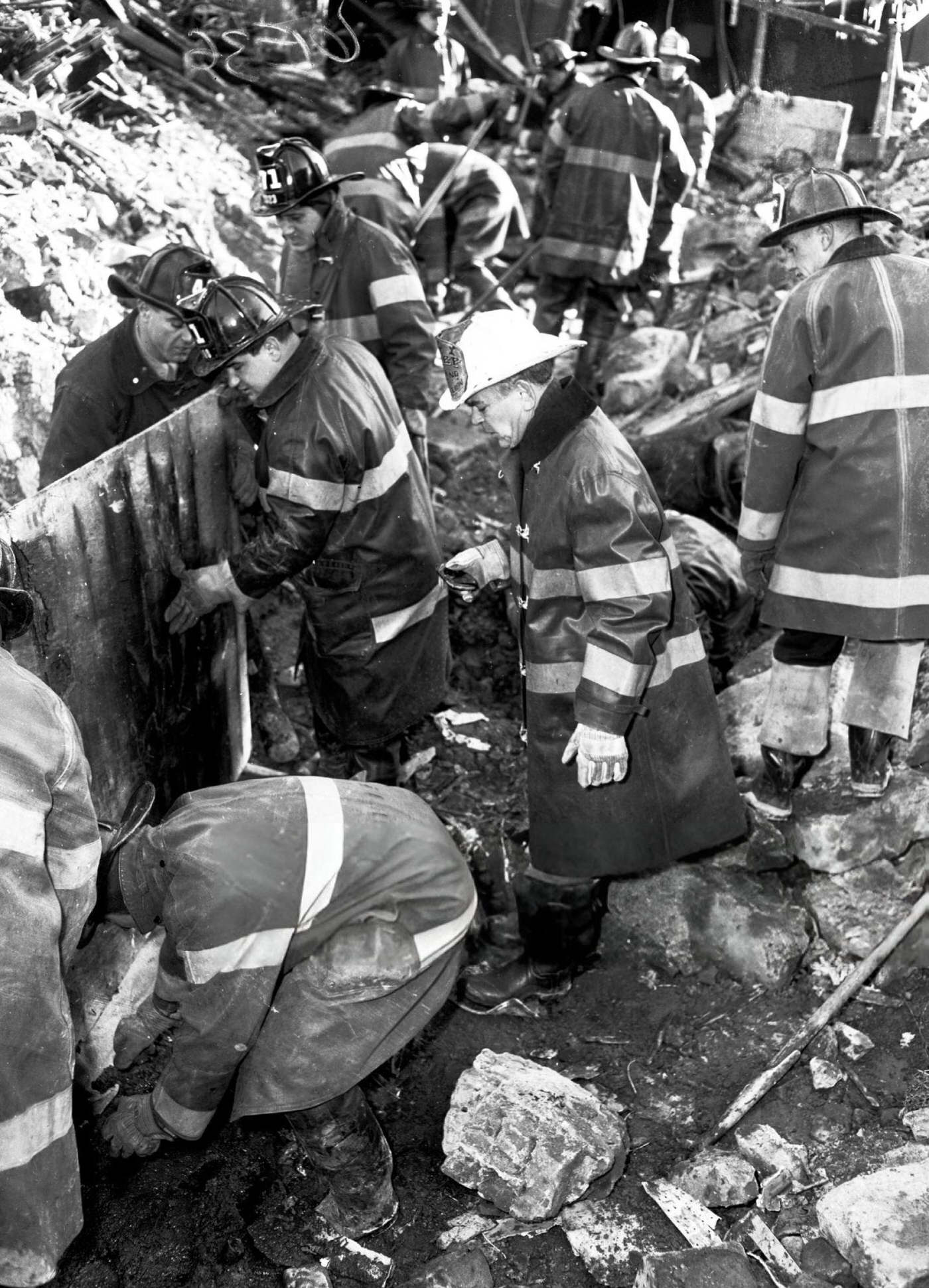
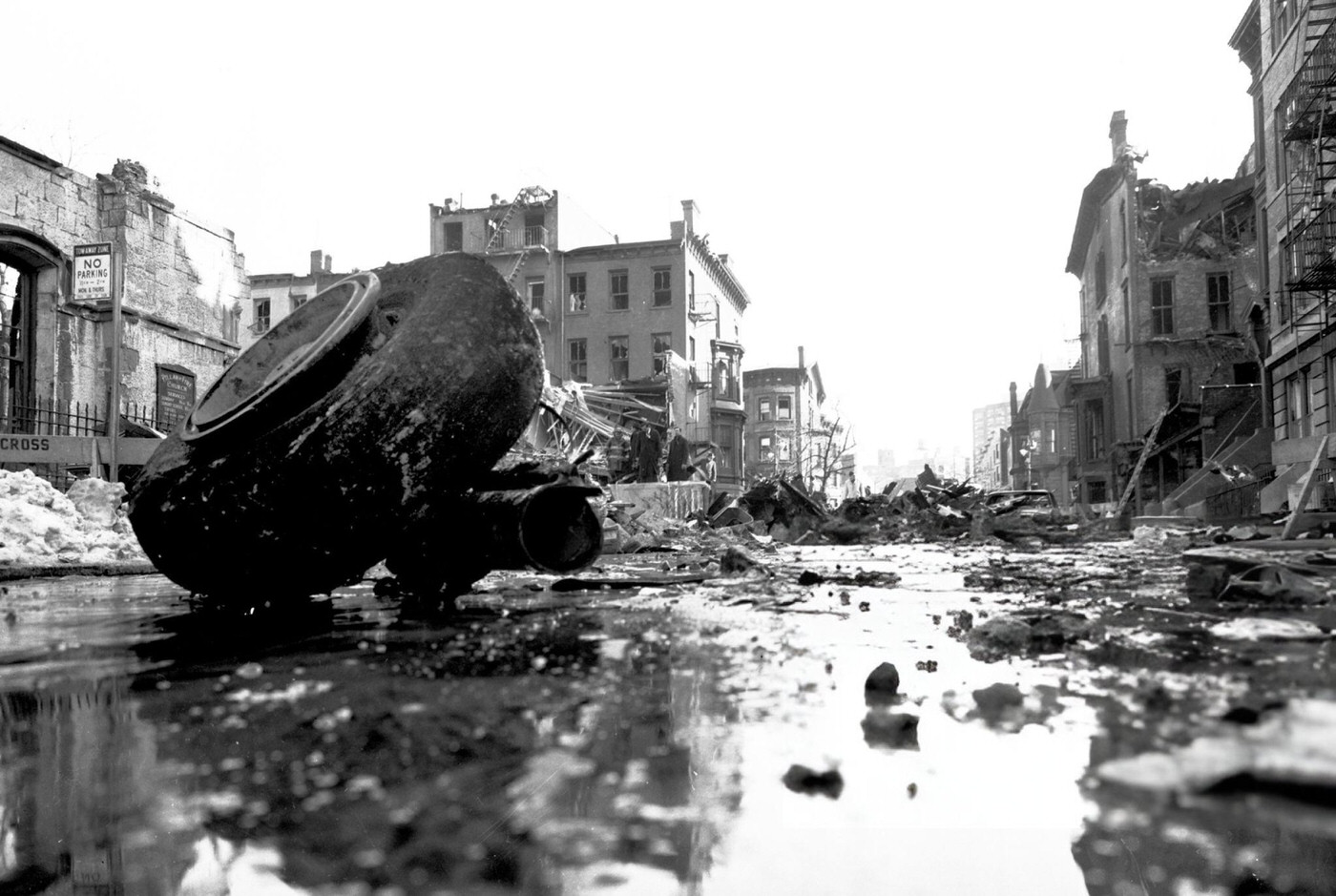
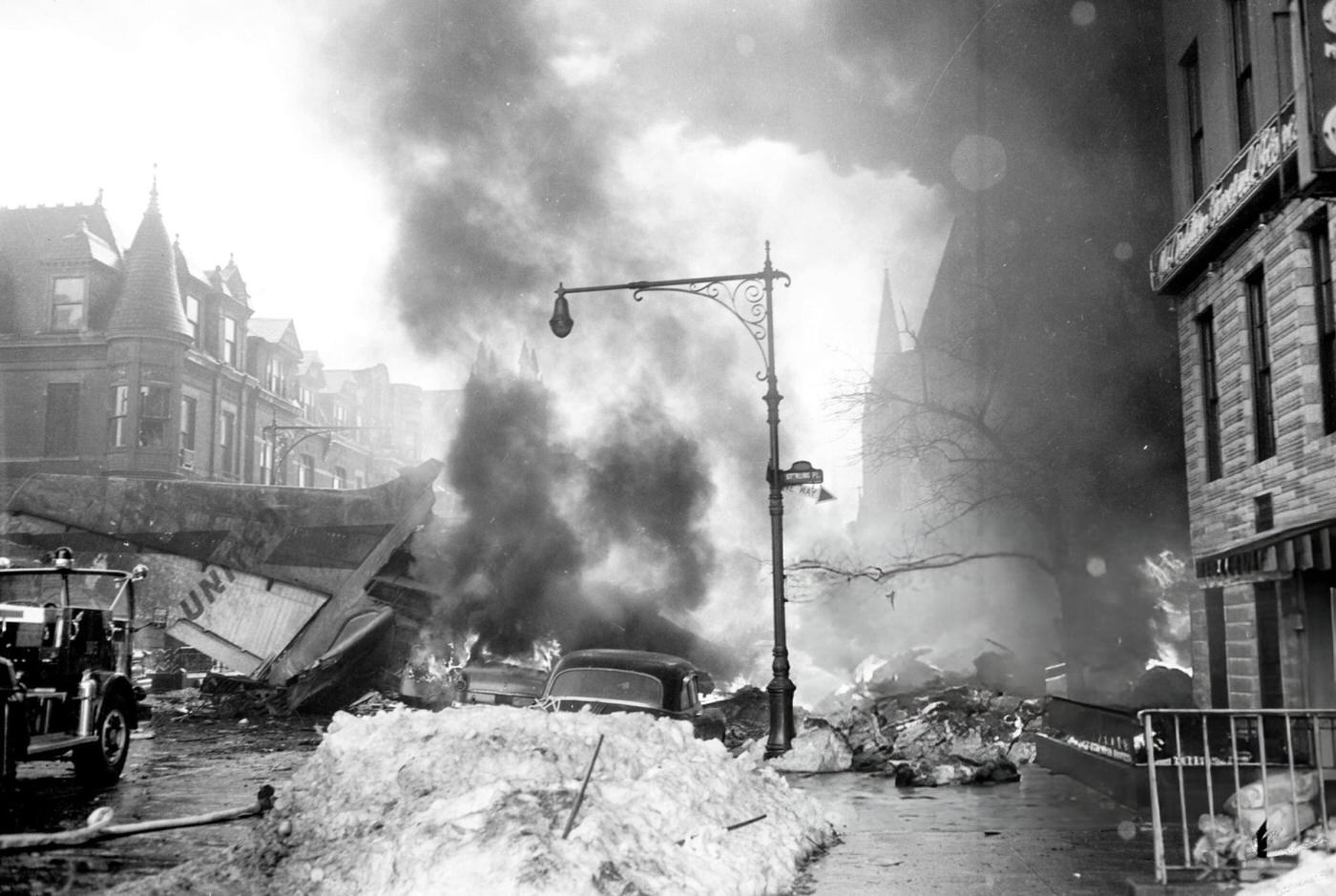
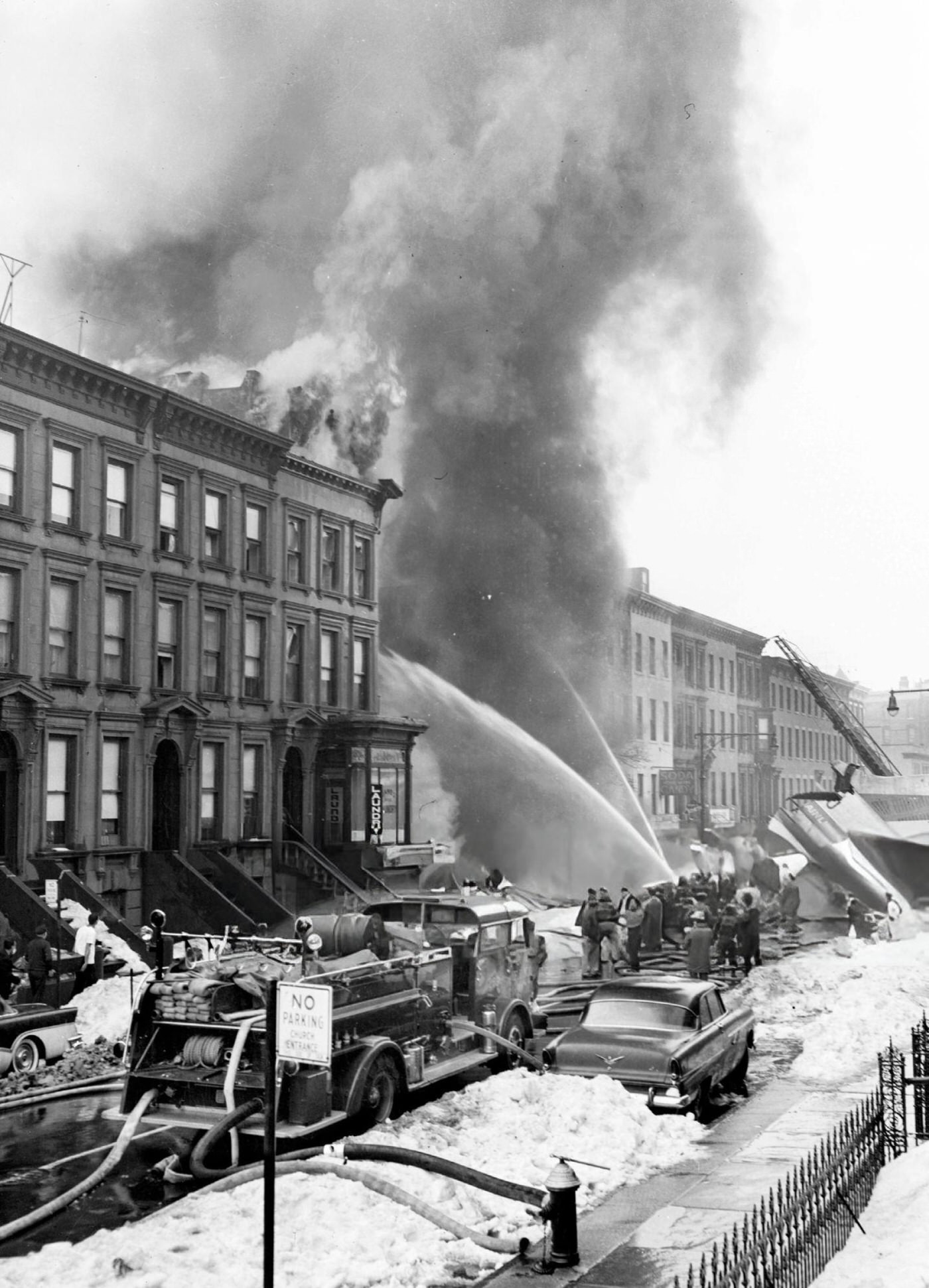
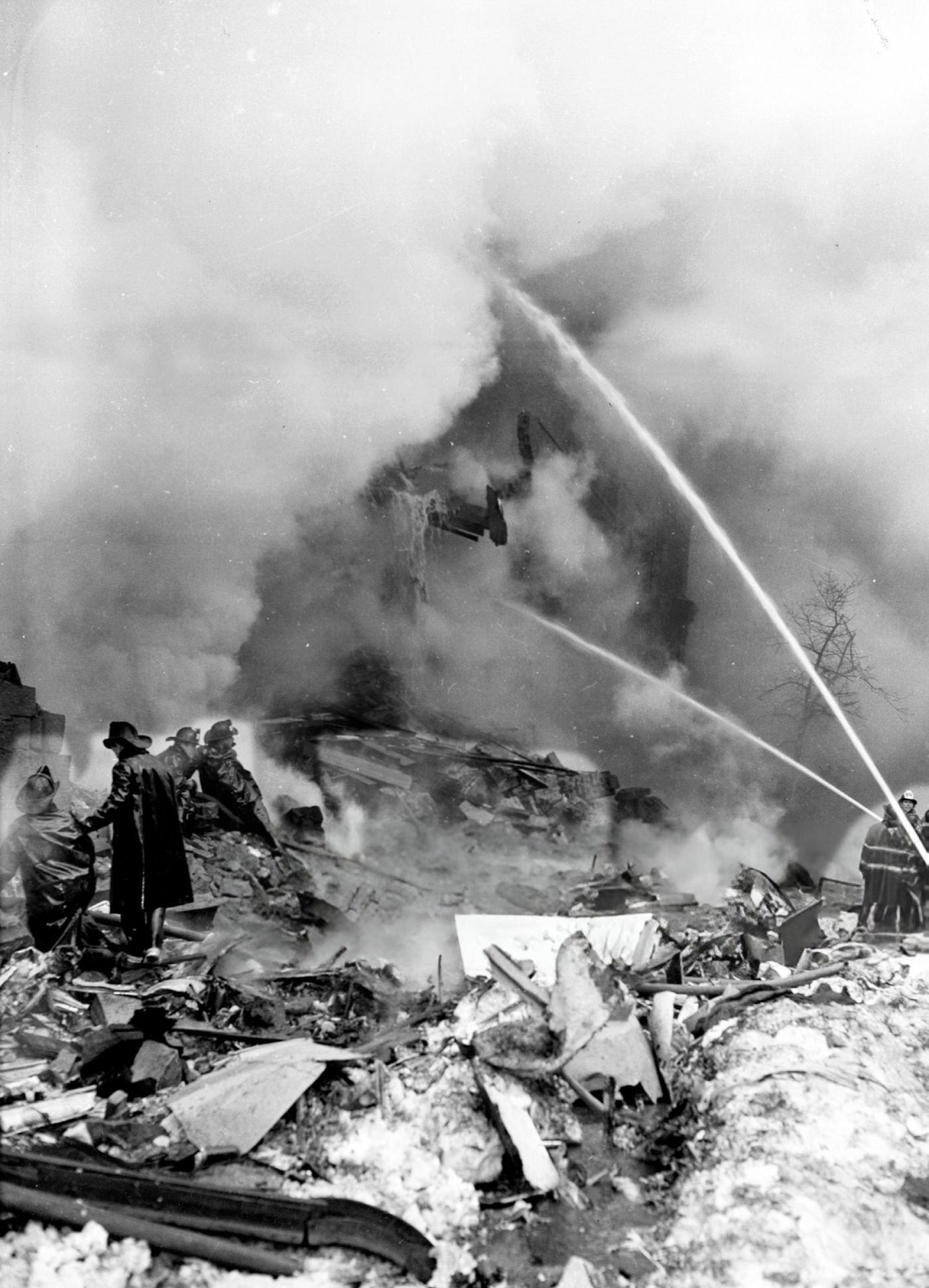
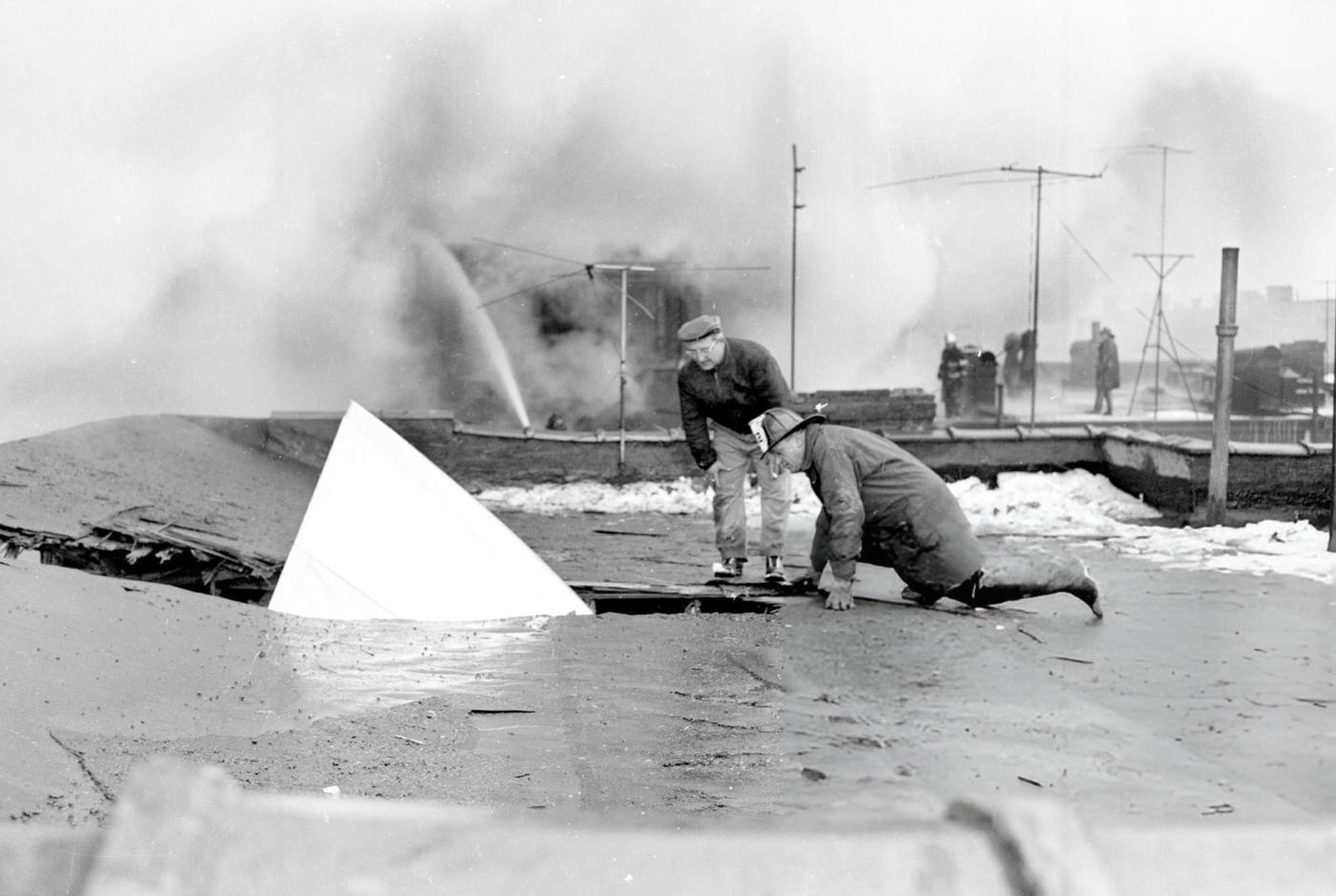
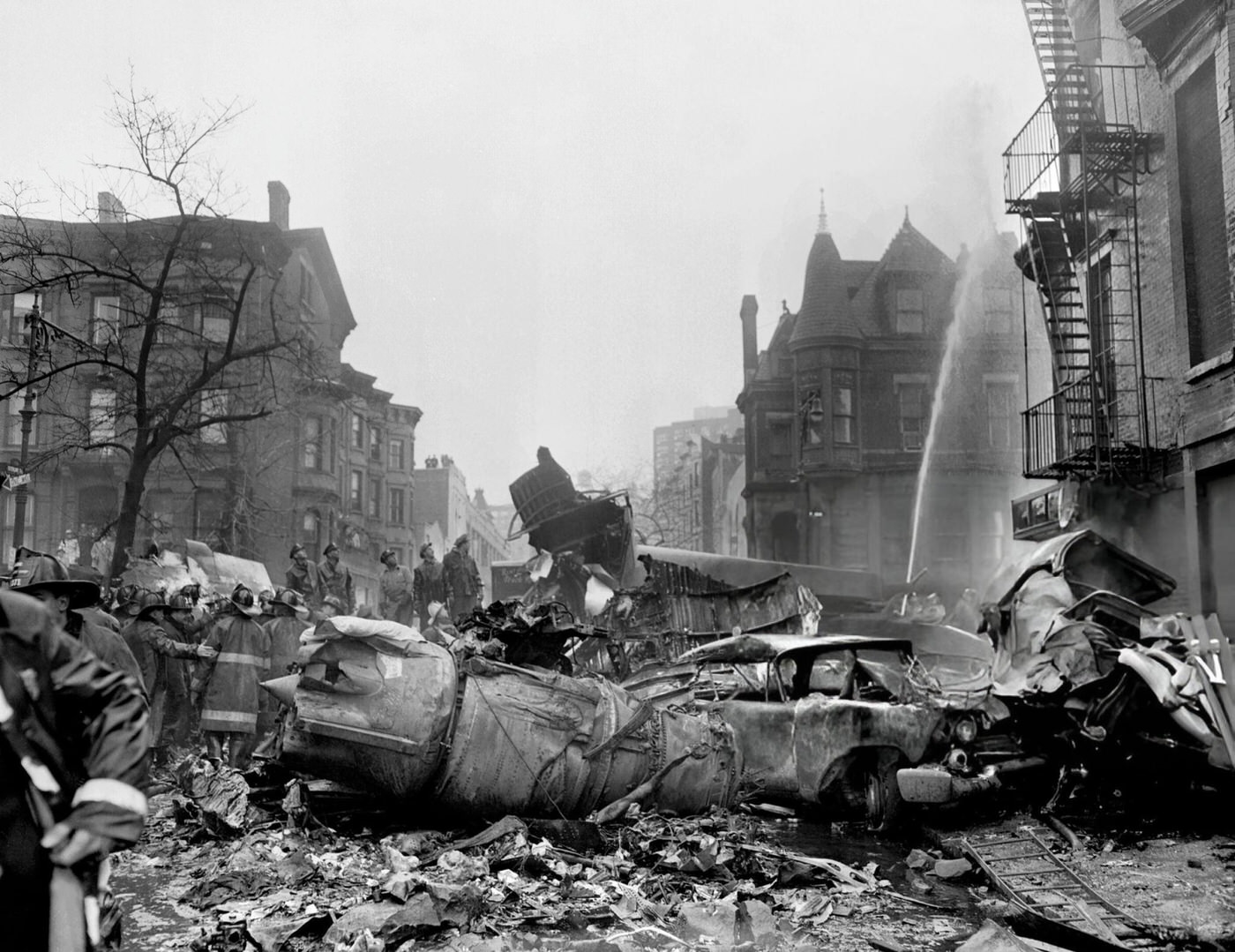
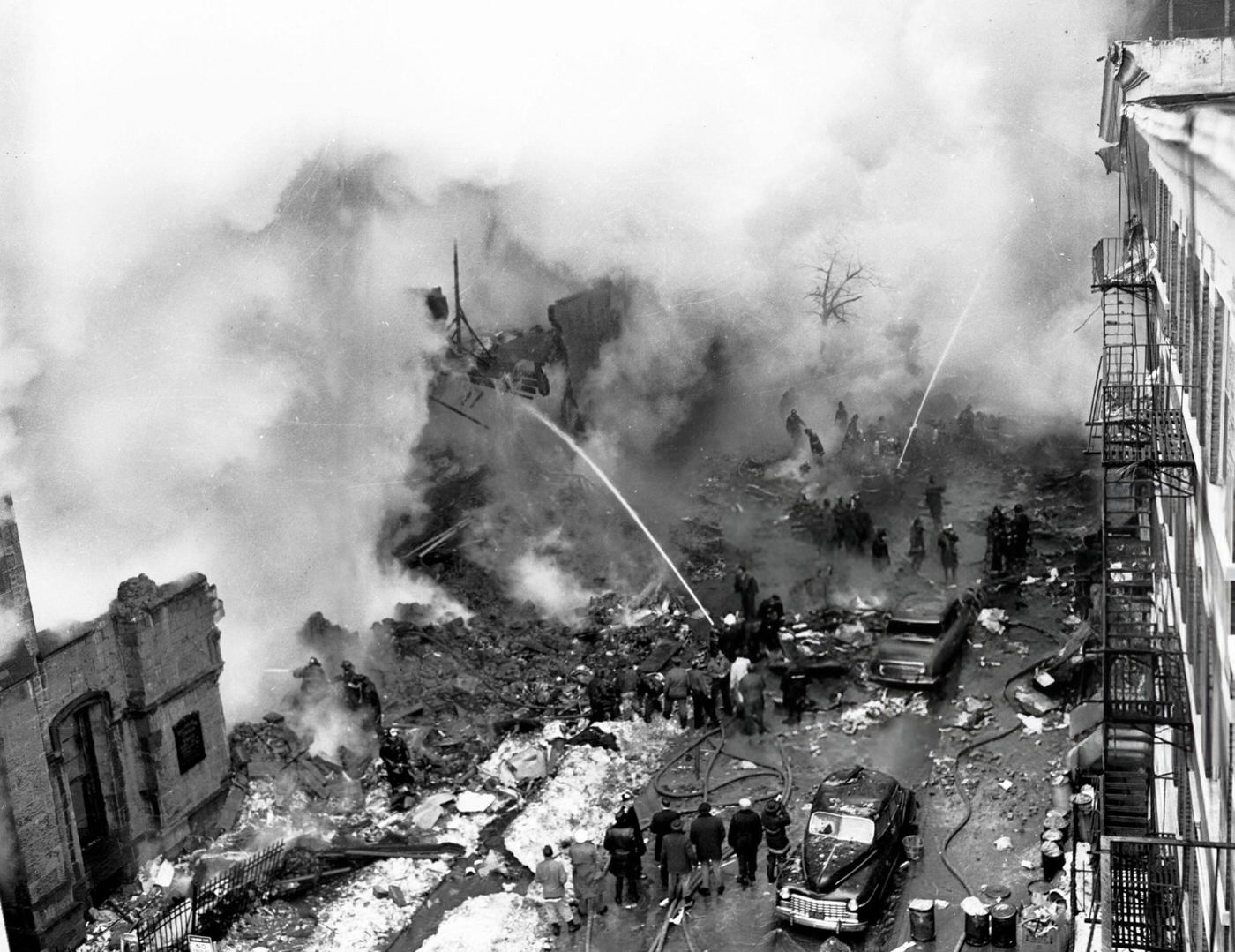
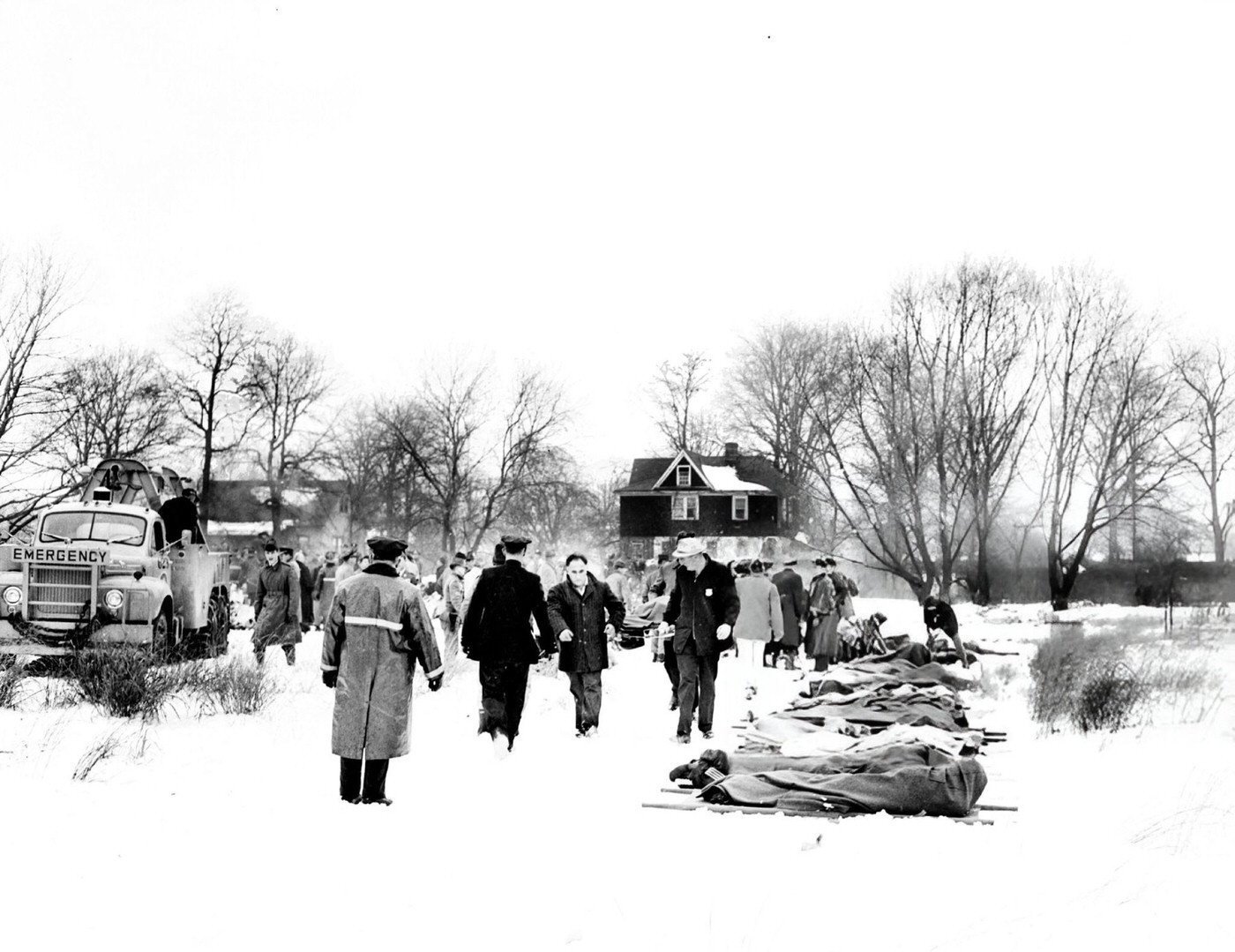
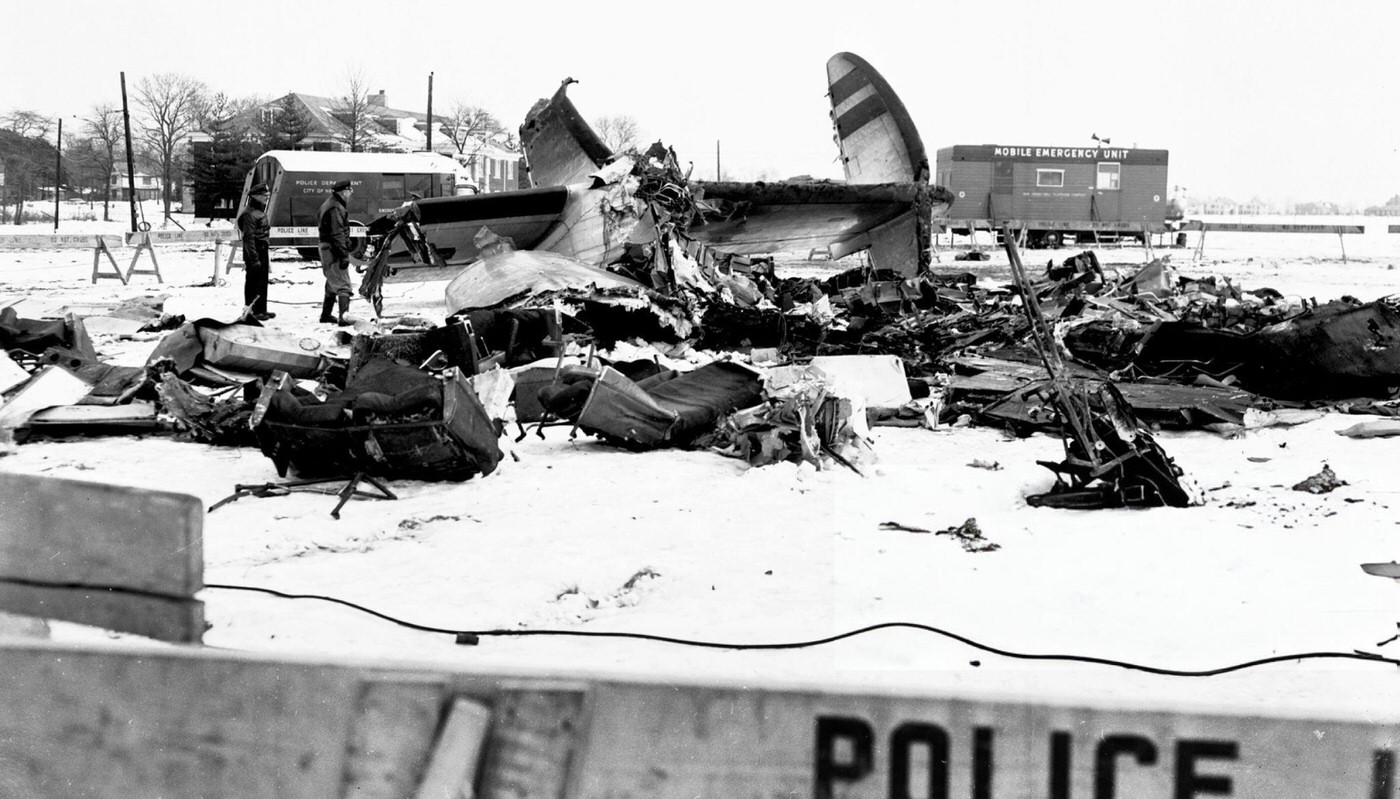
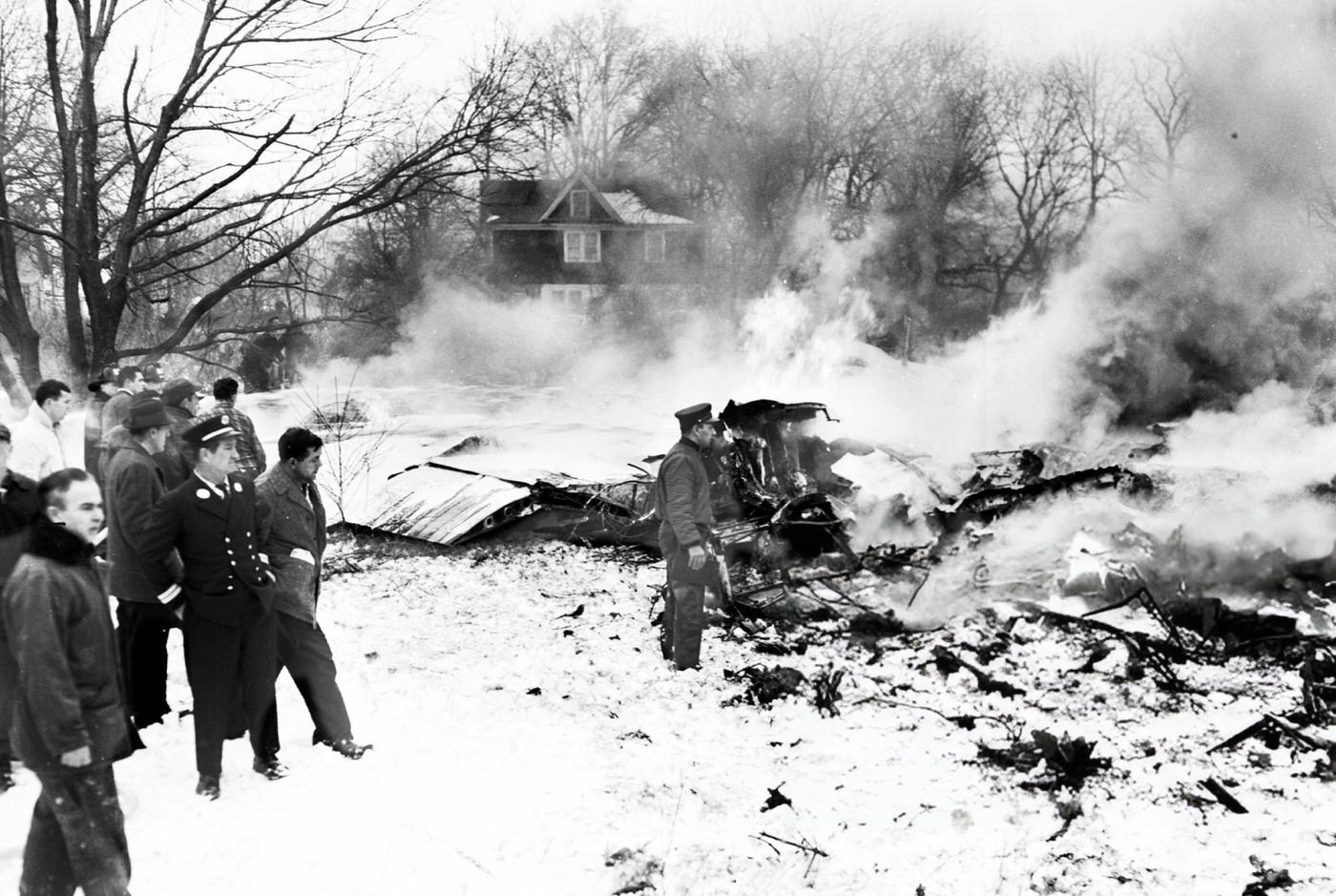
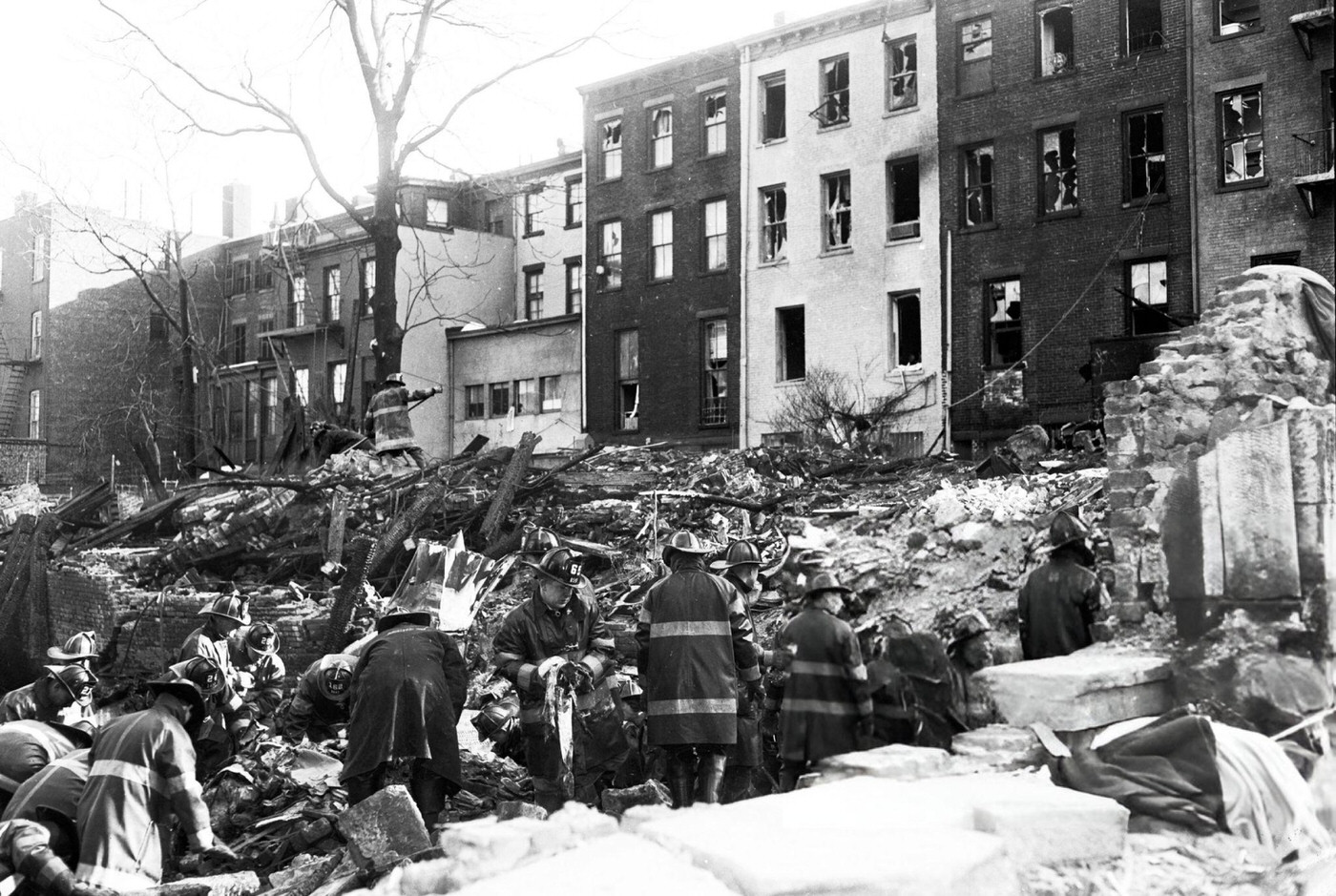
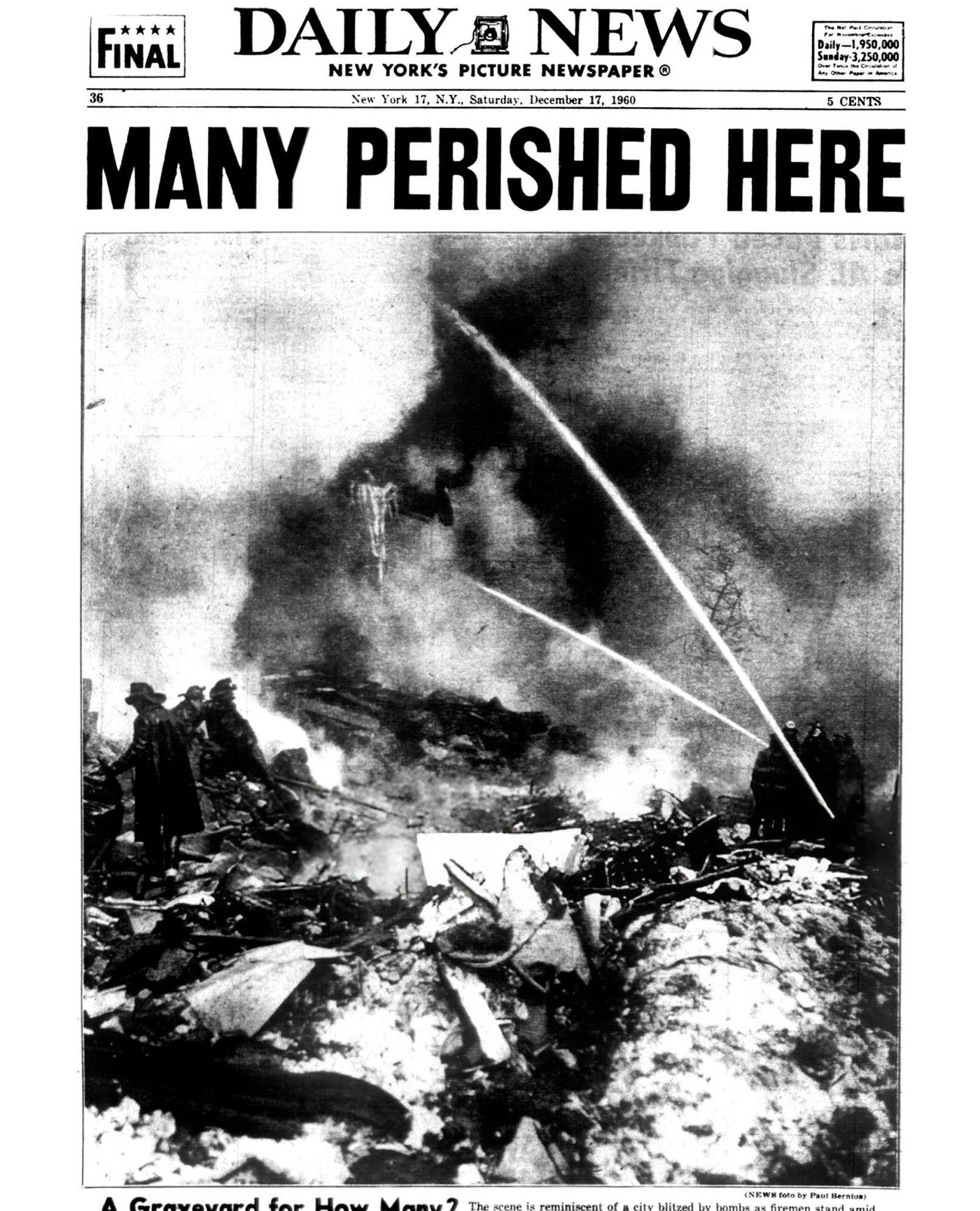
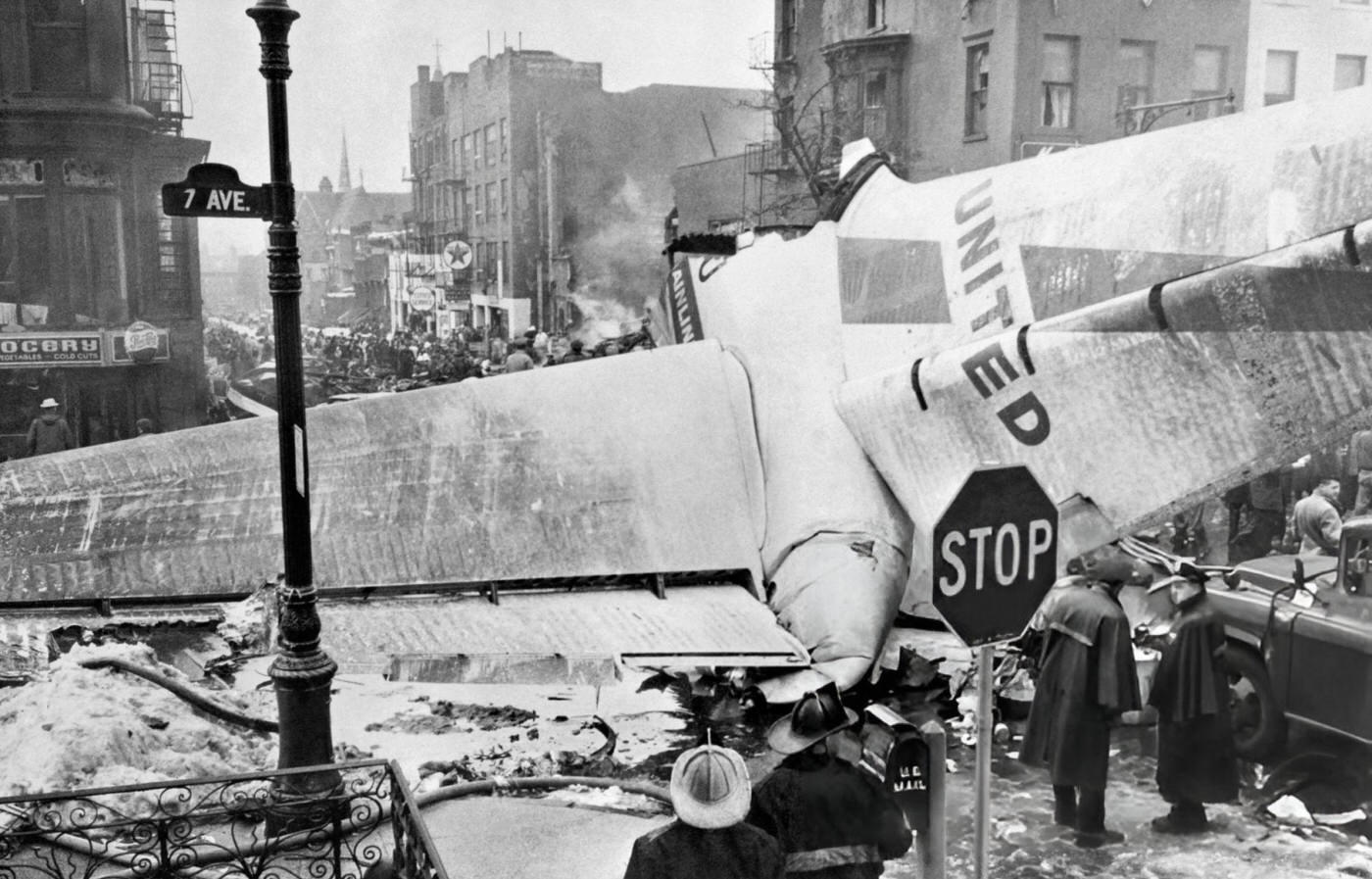
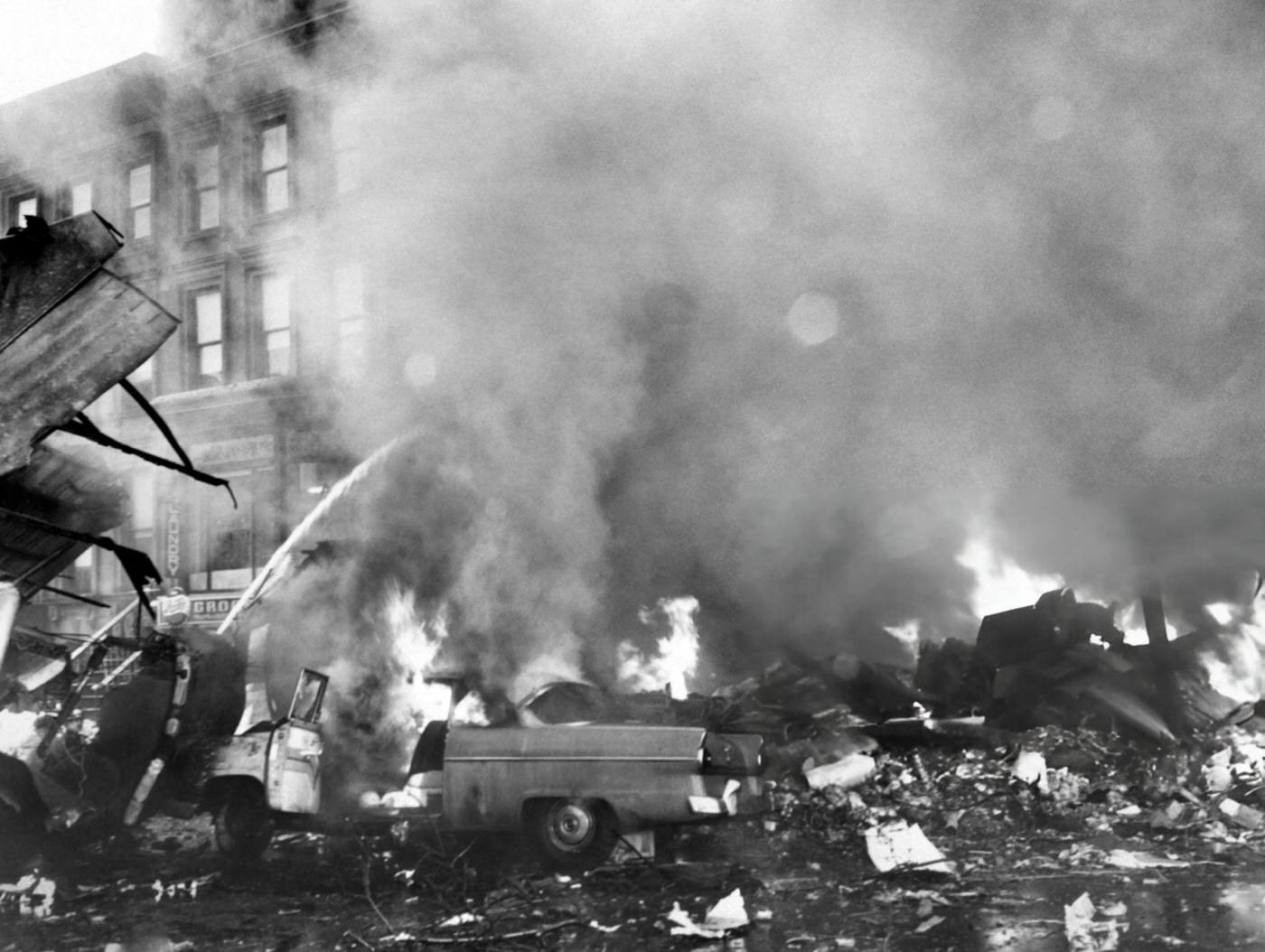
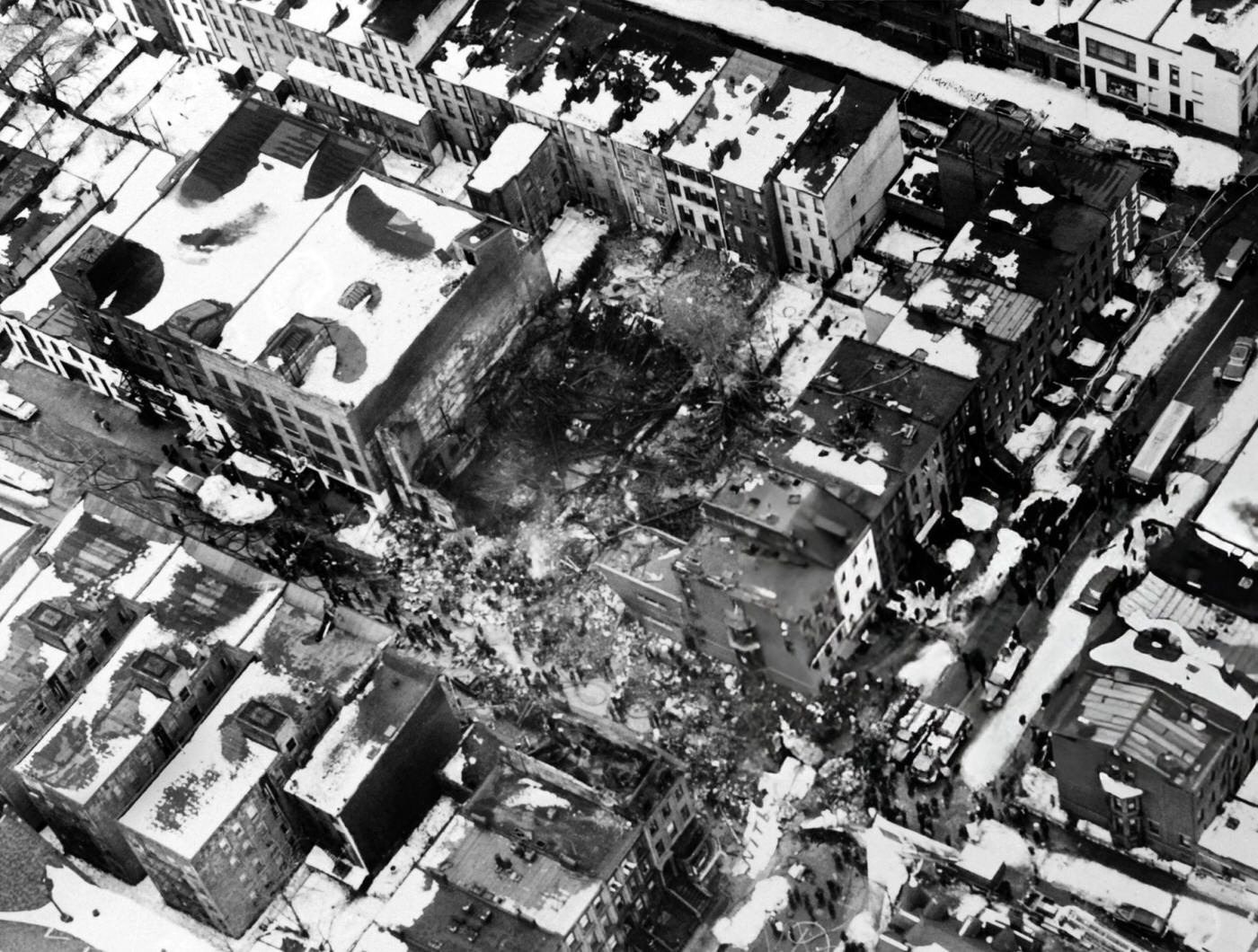
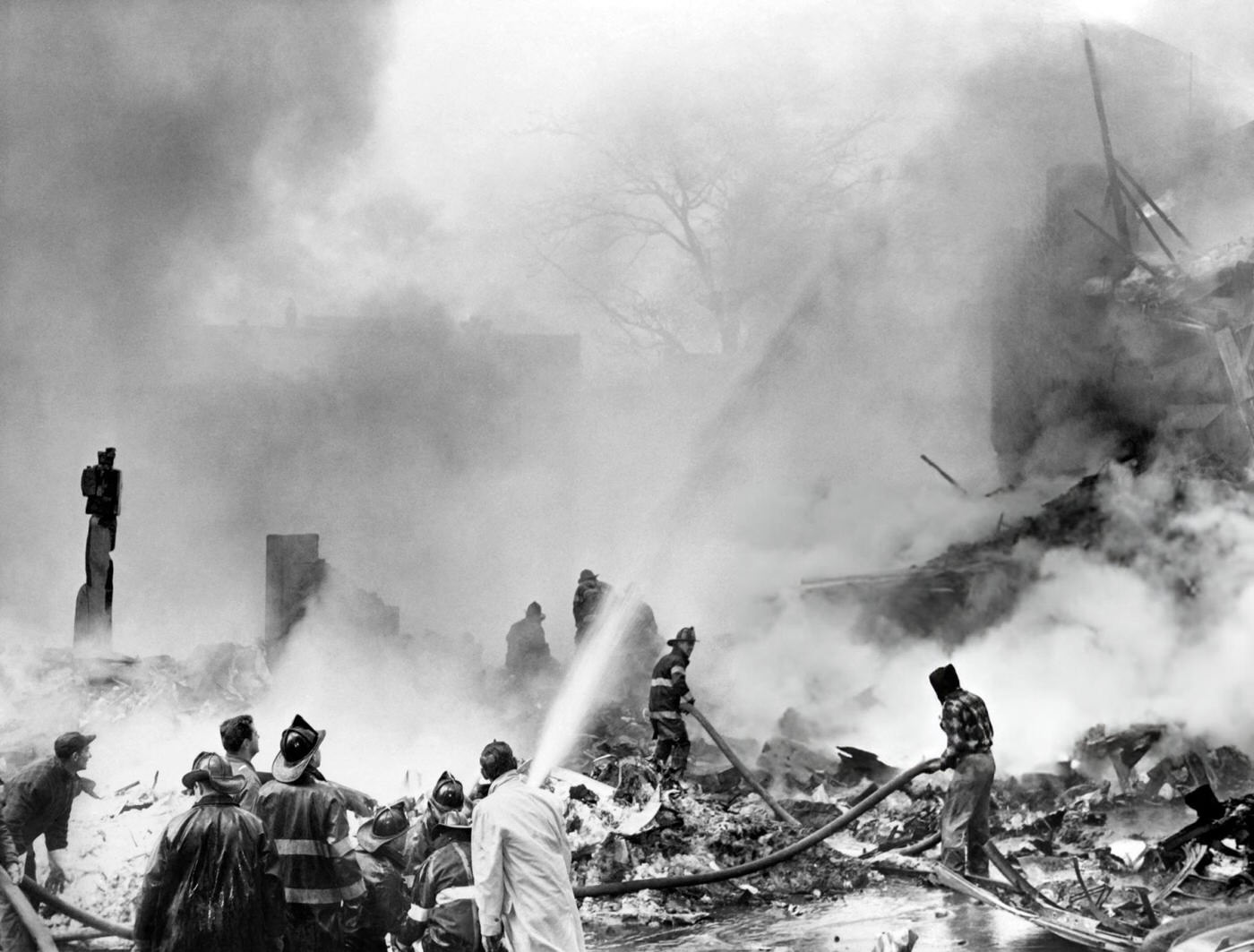
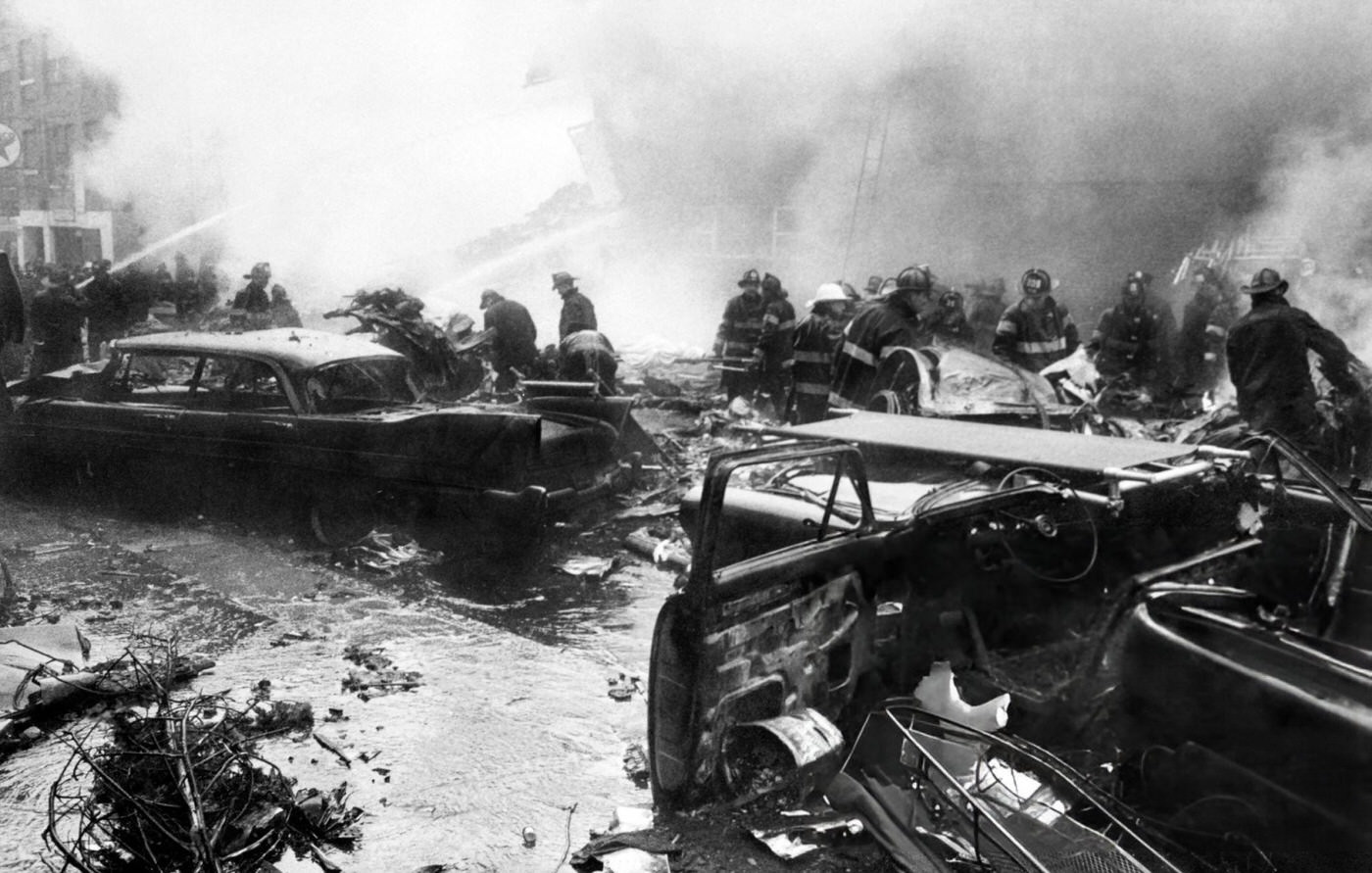
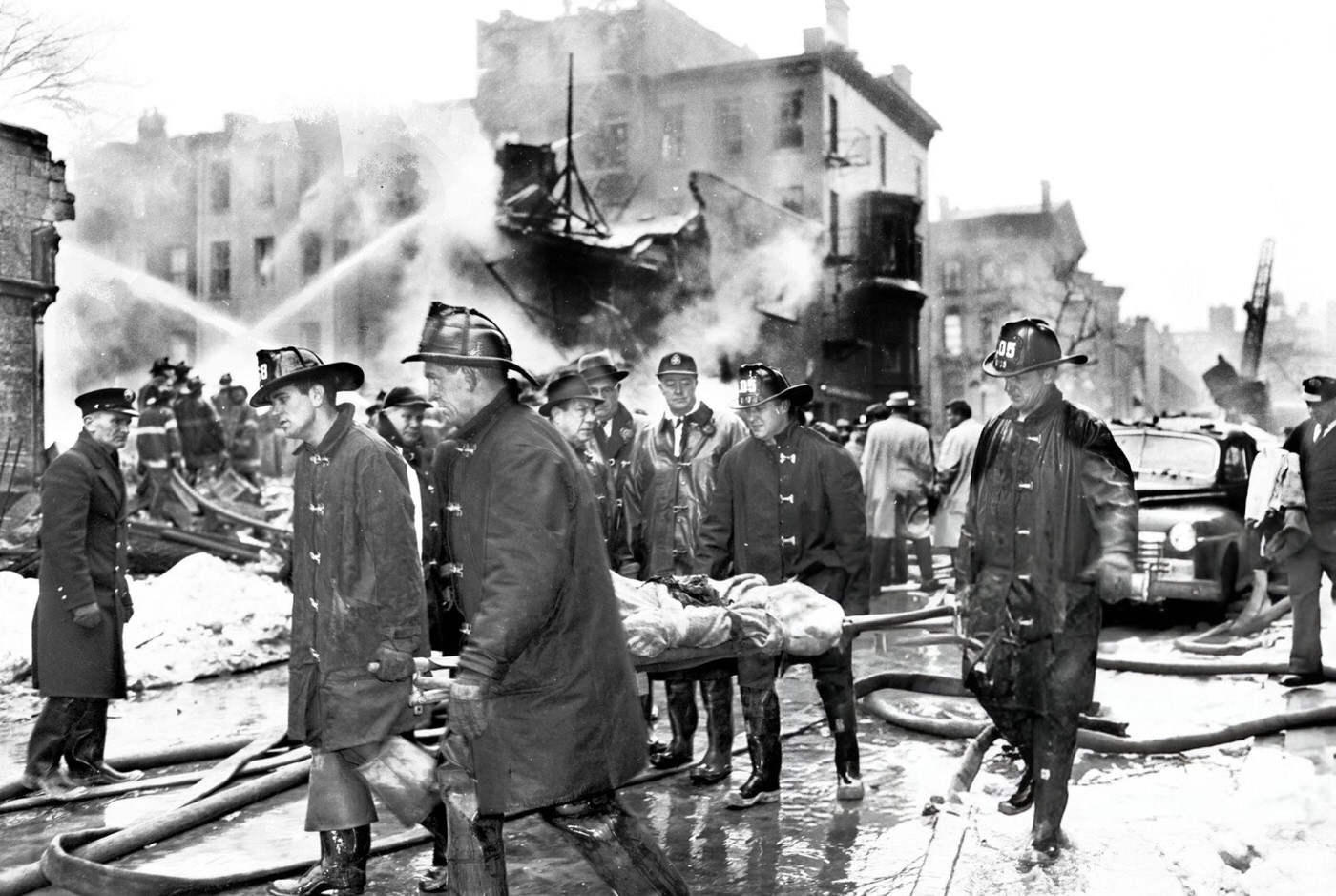
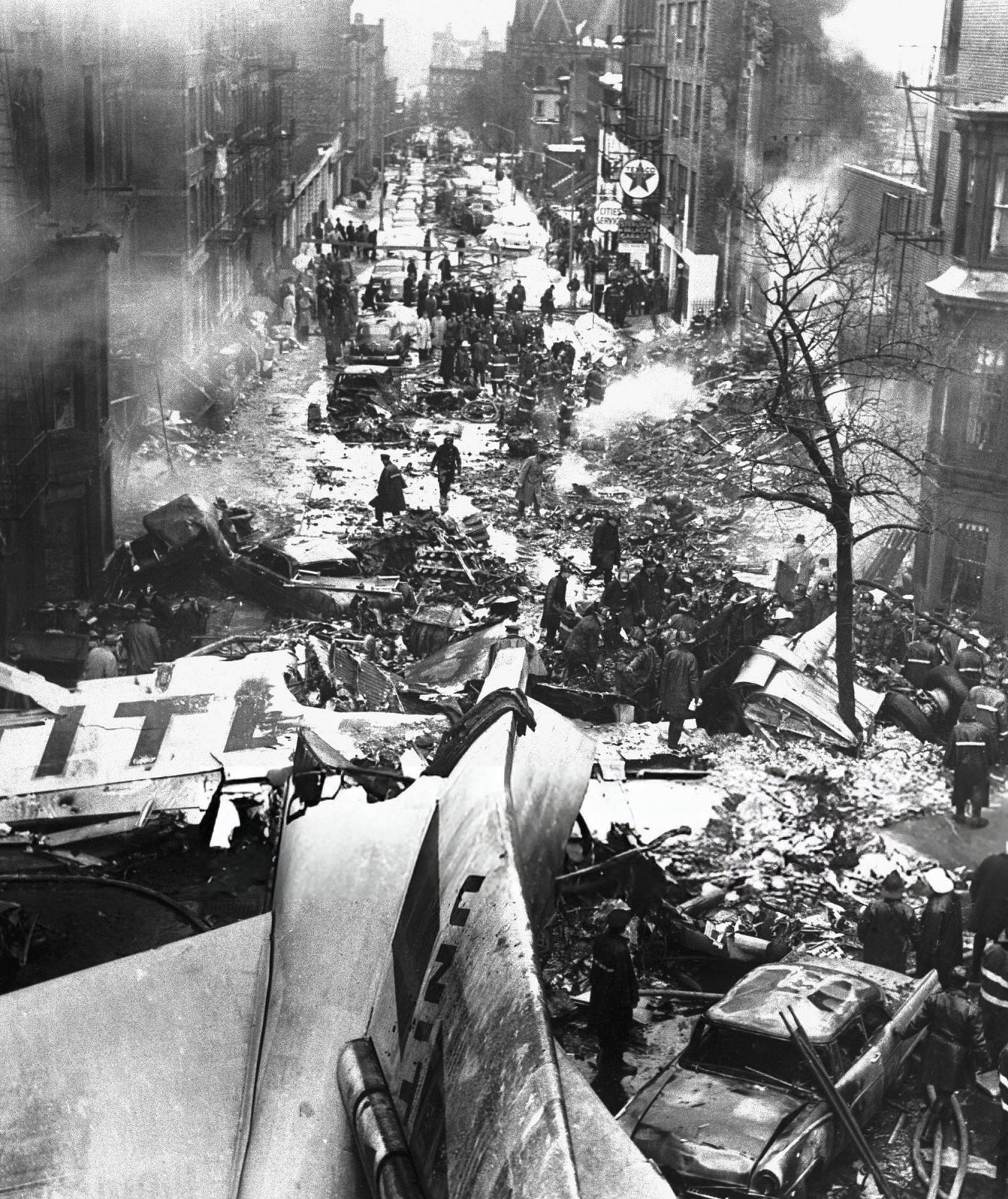
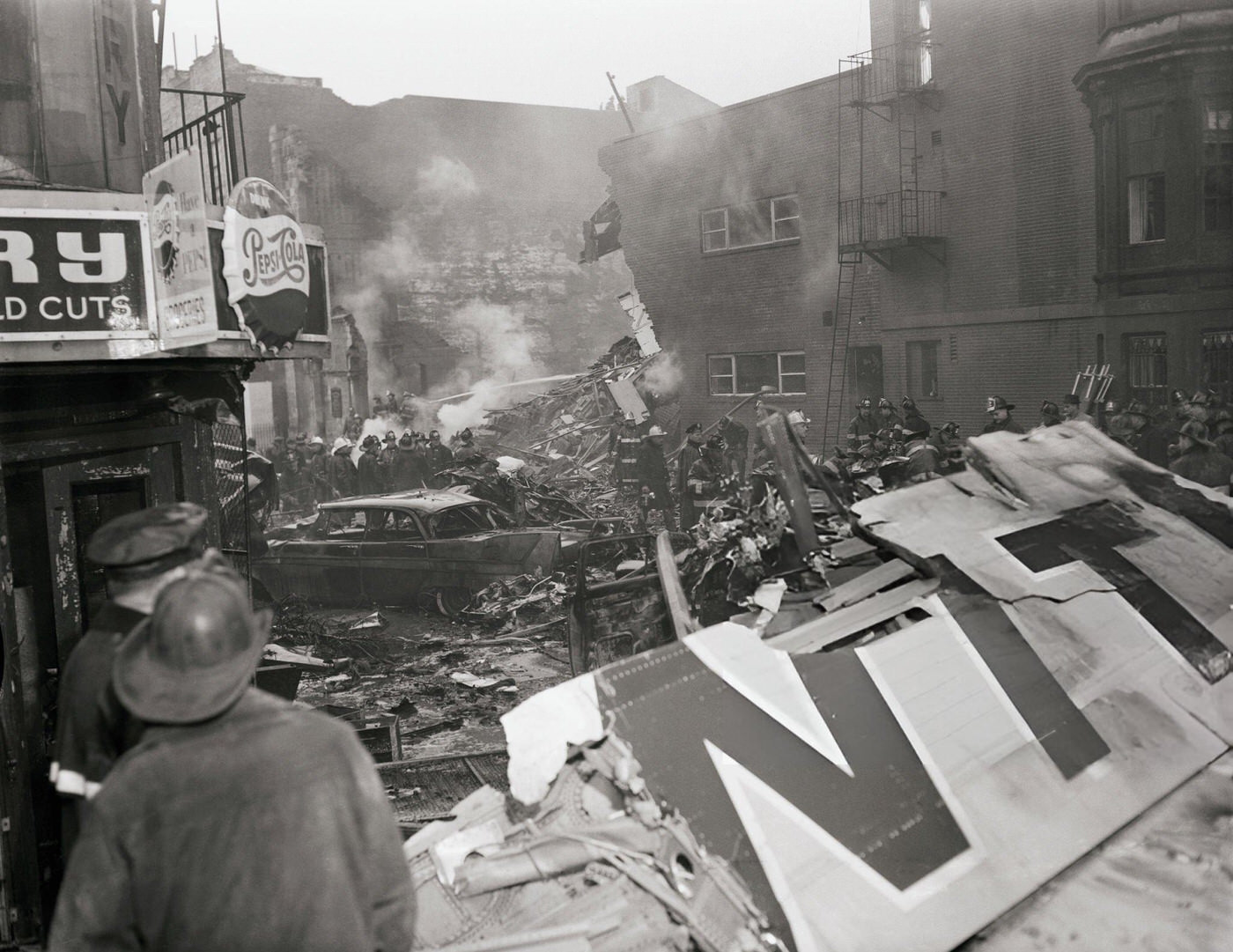
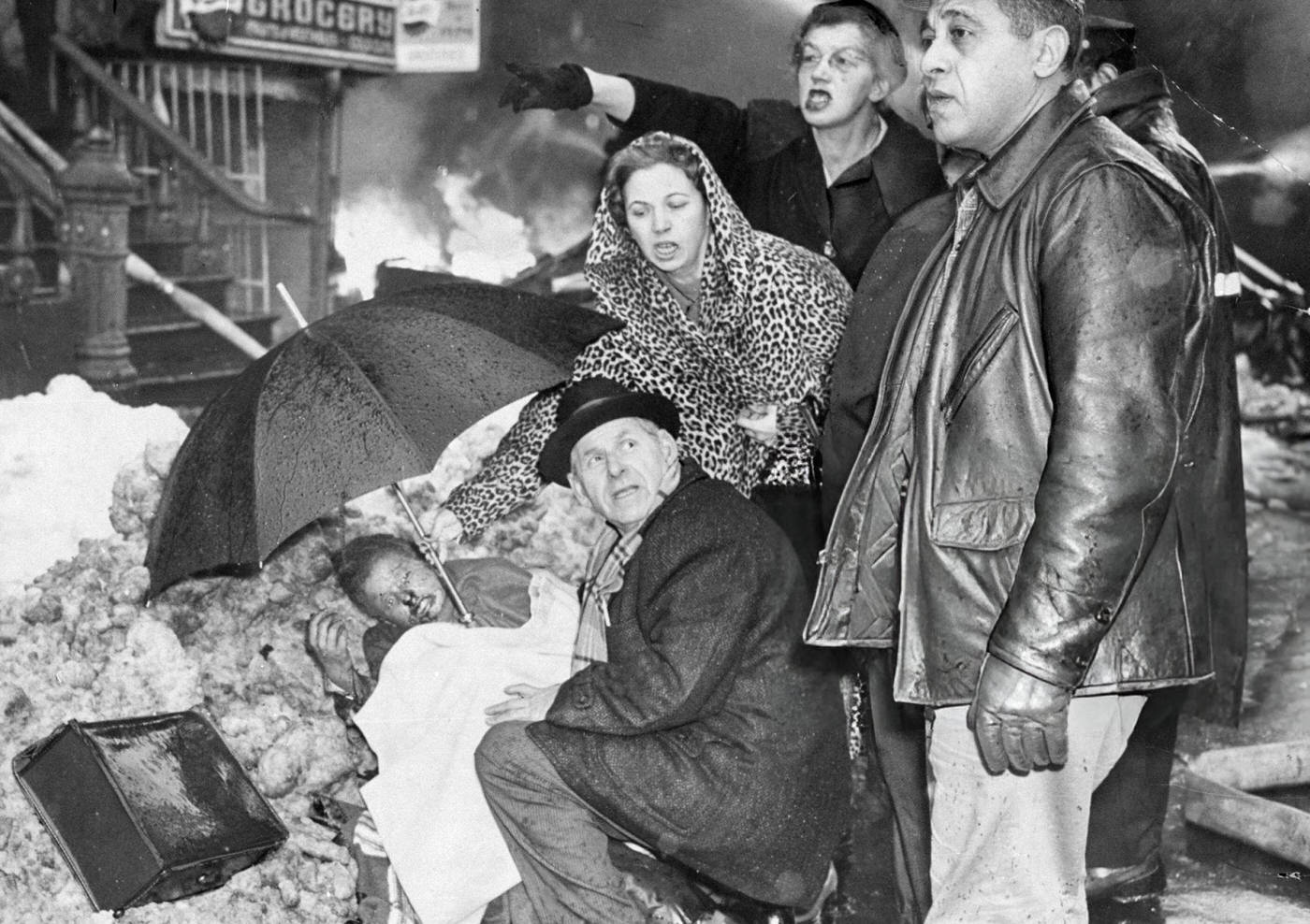
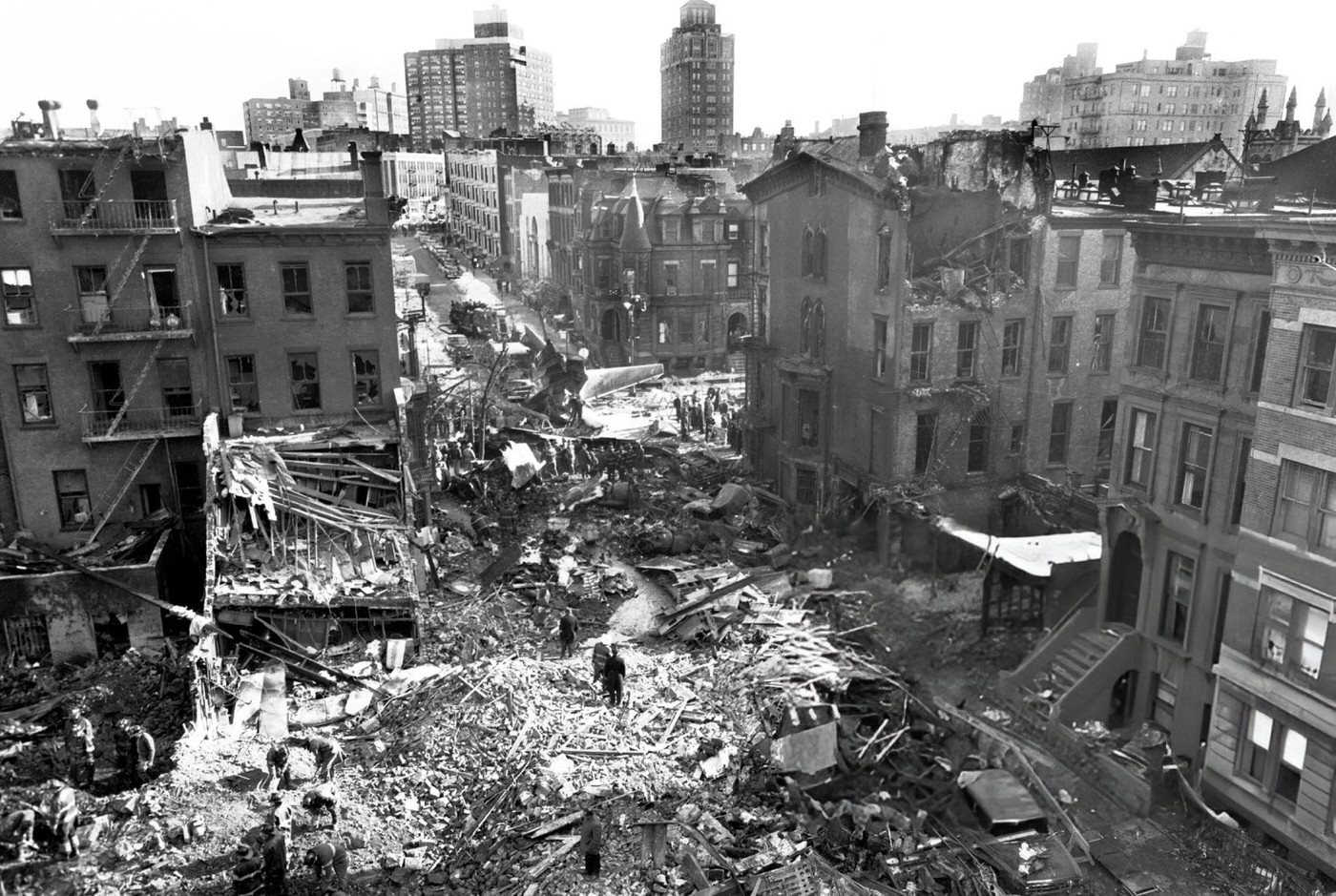
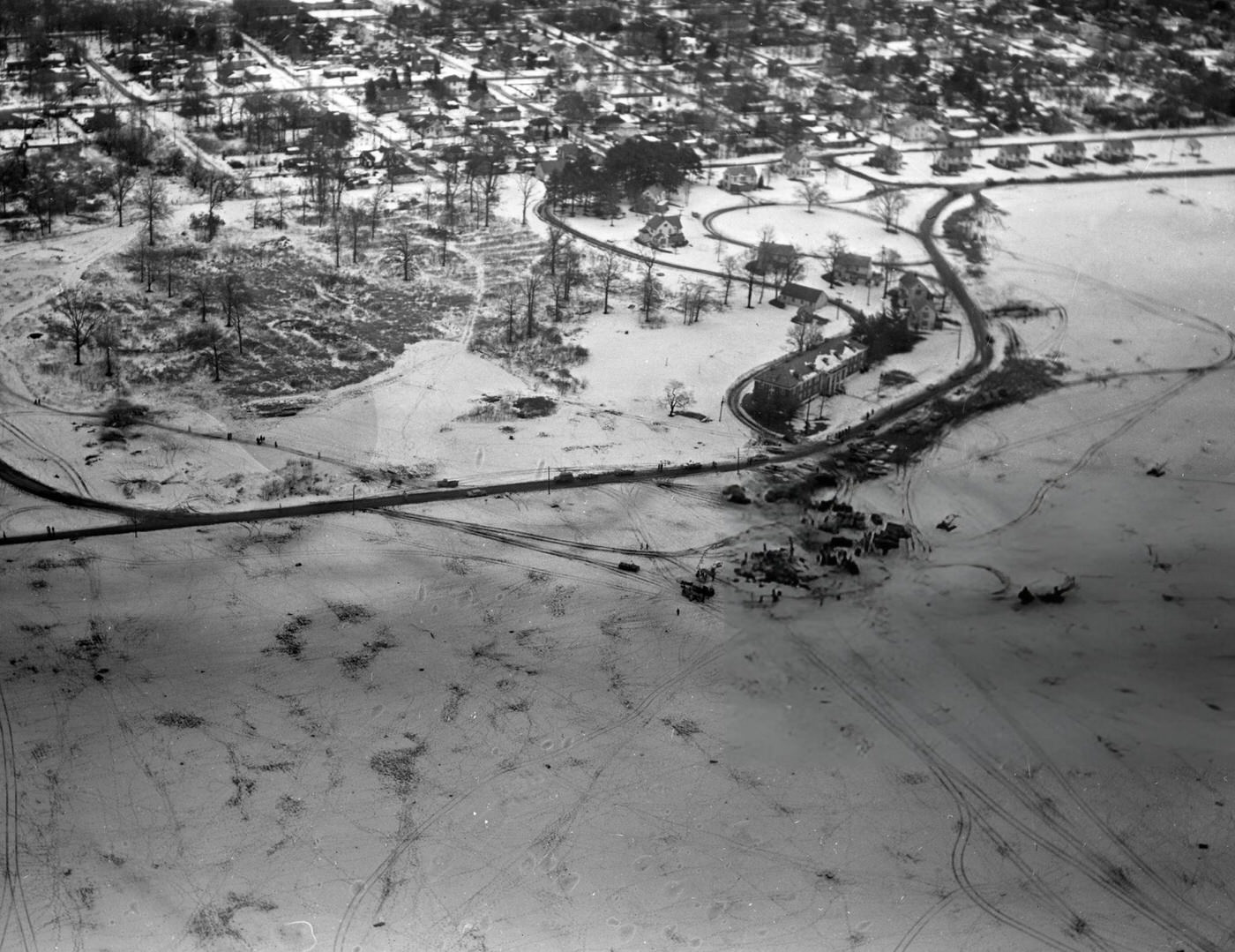
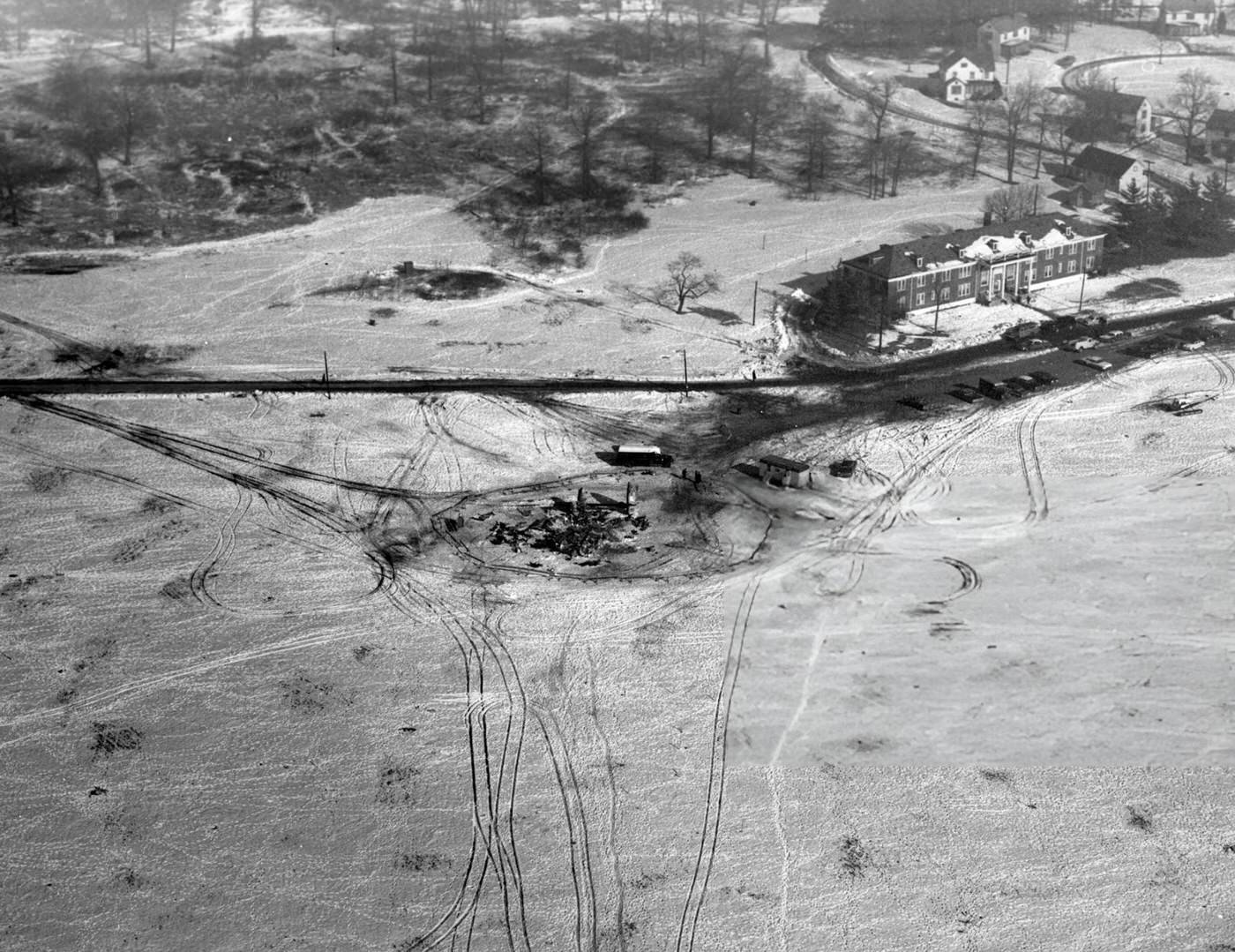
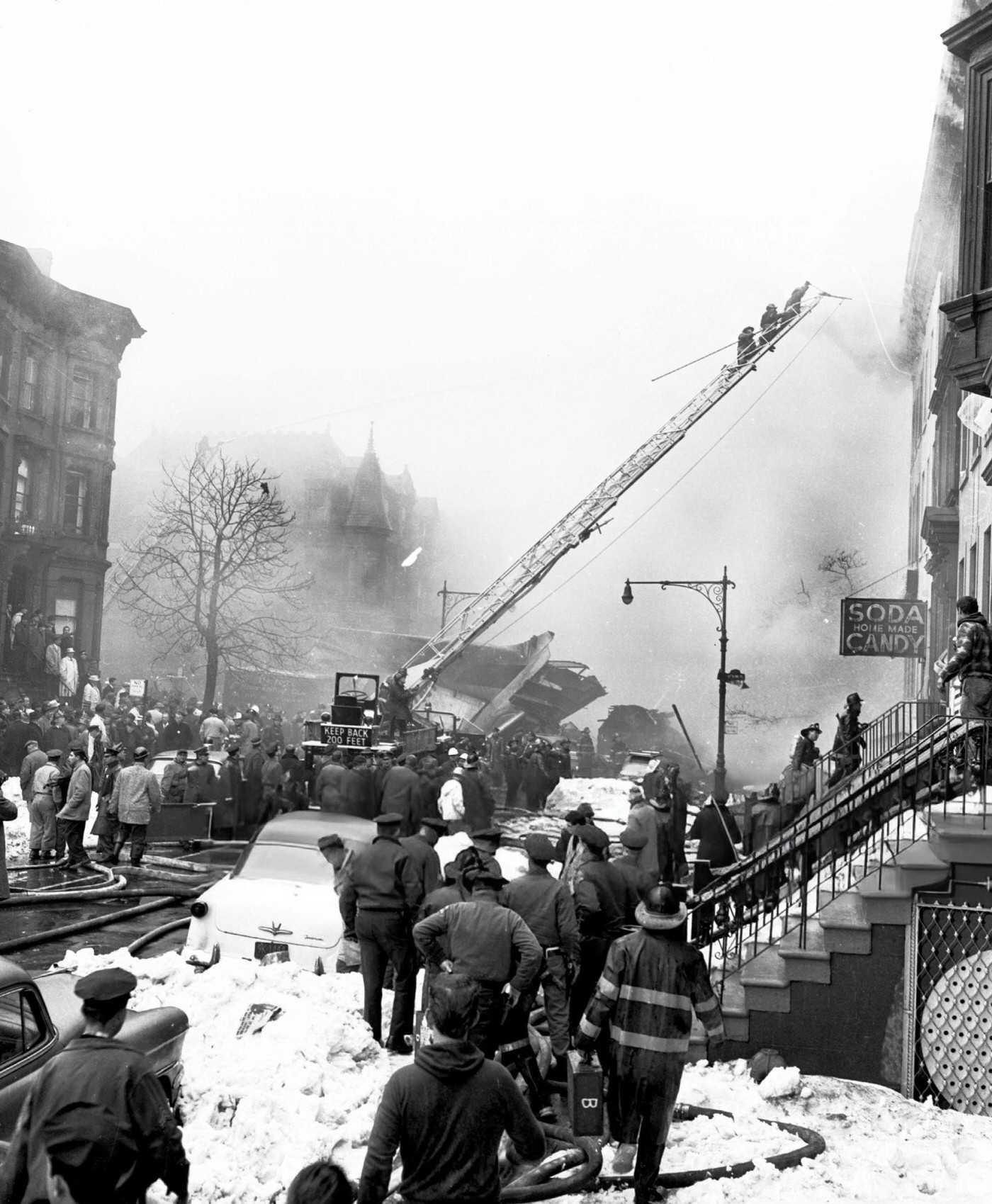
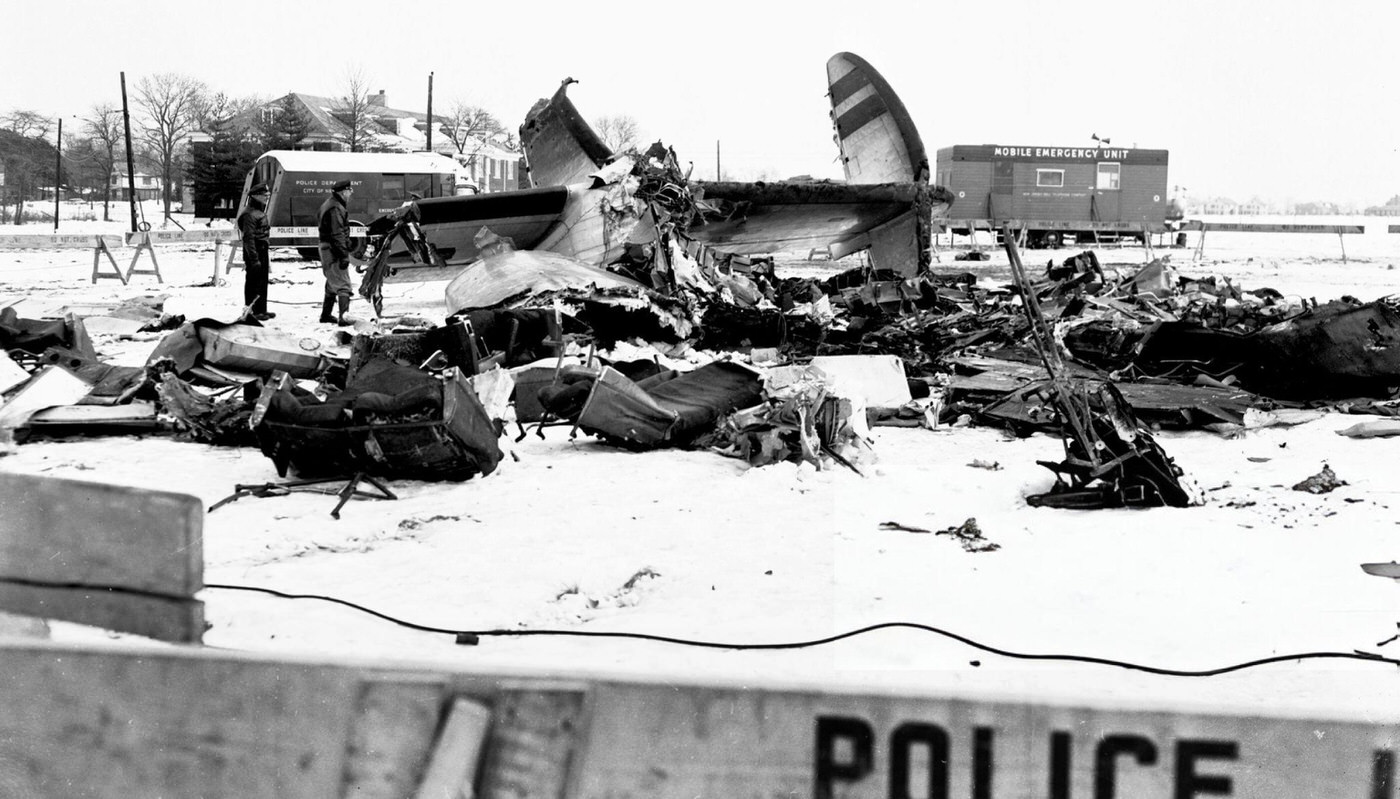

GIPHY App Key not set. Please check settings